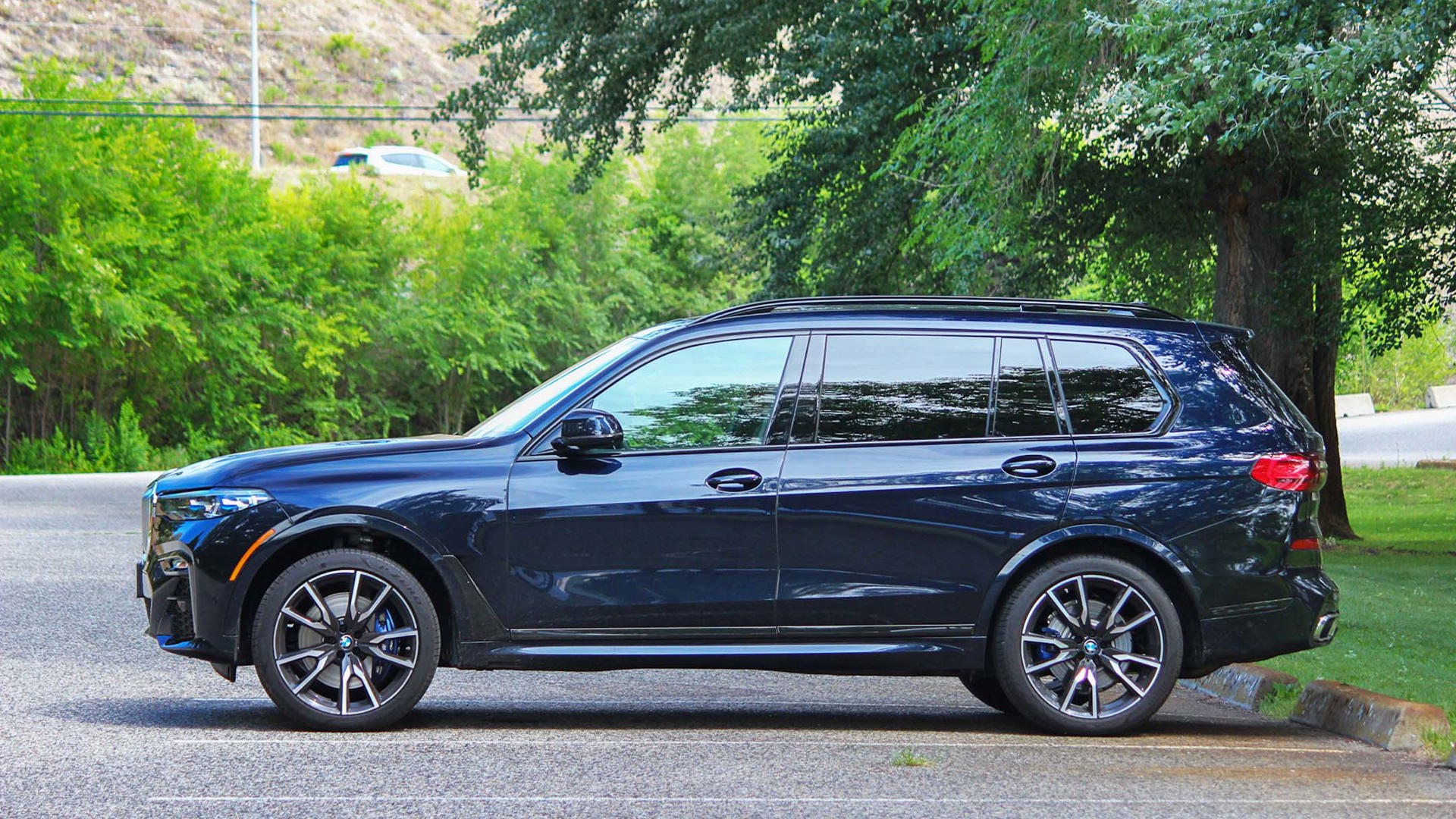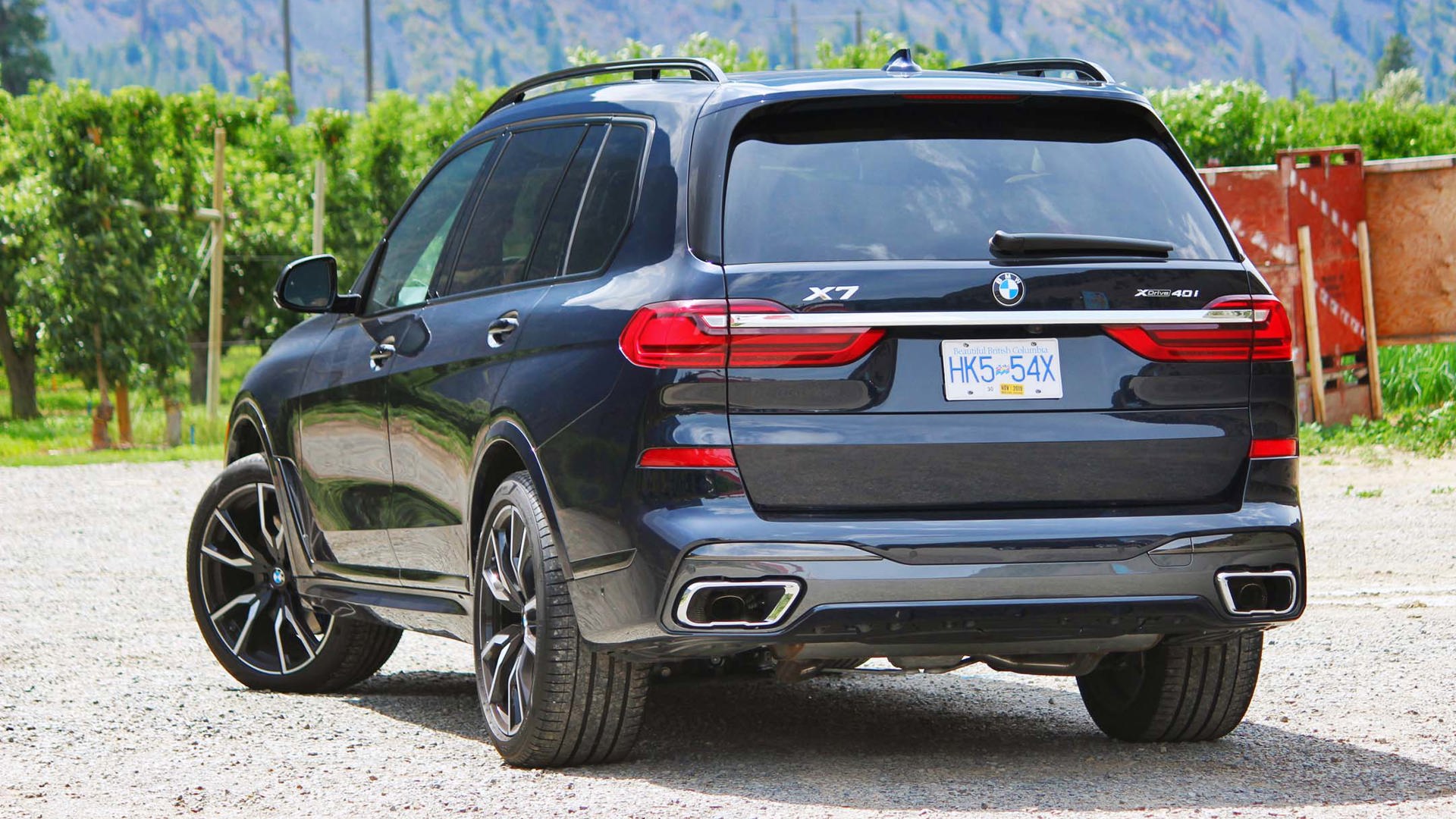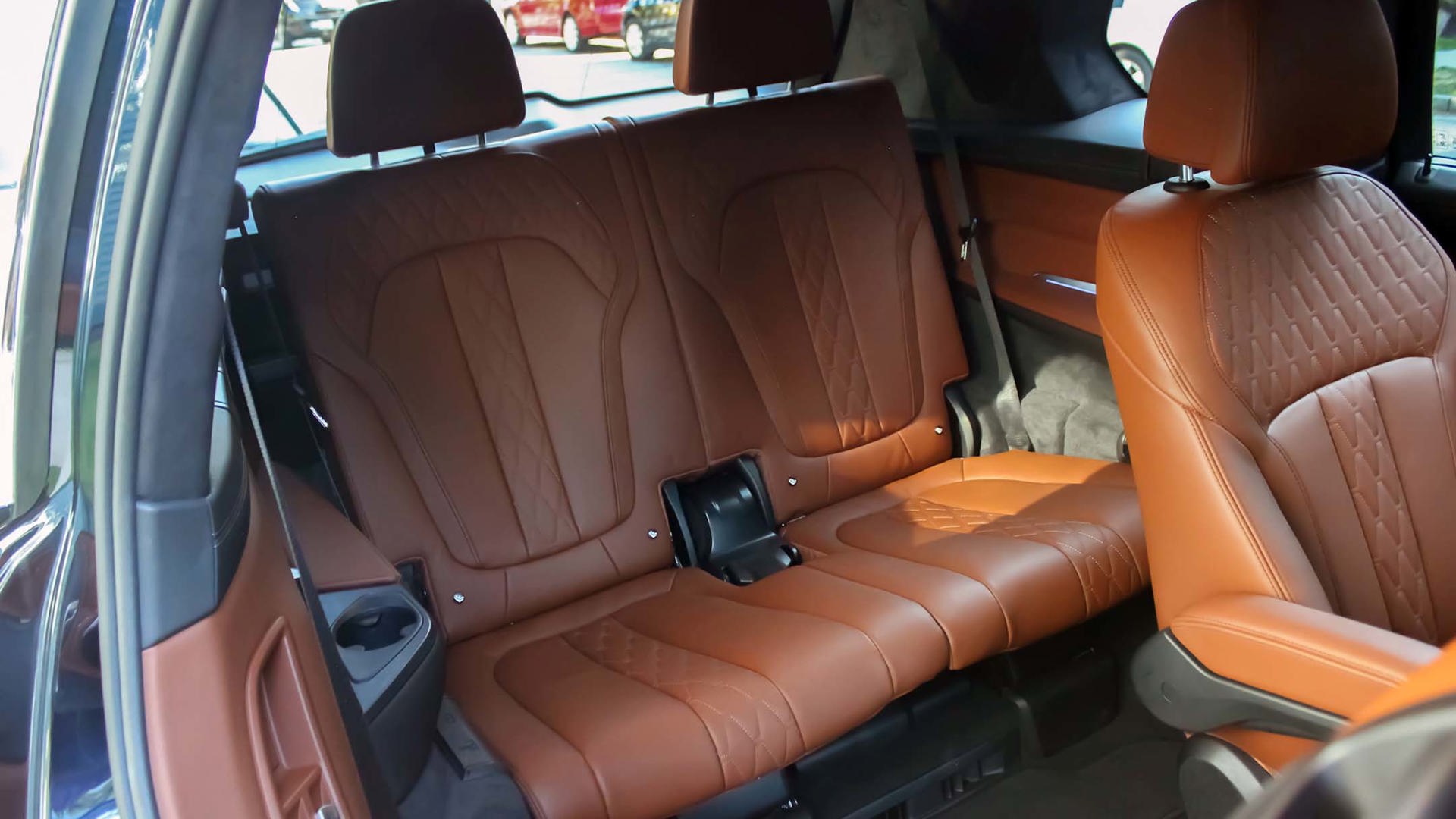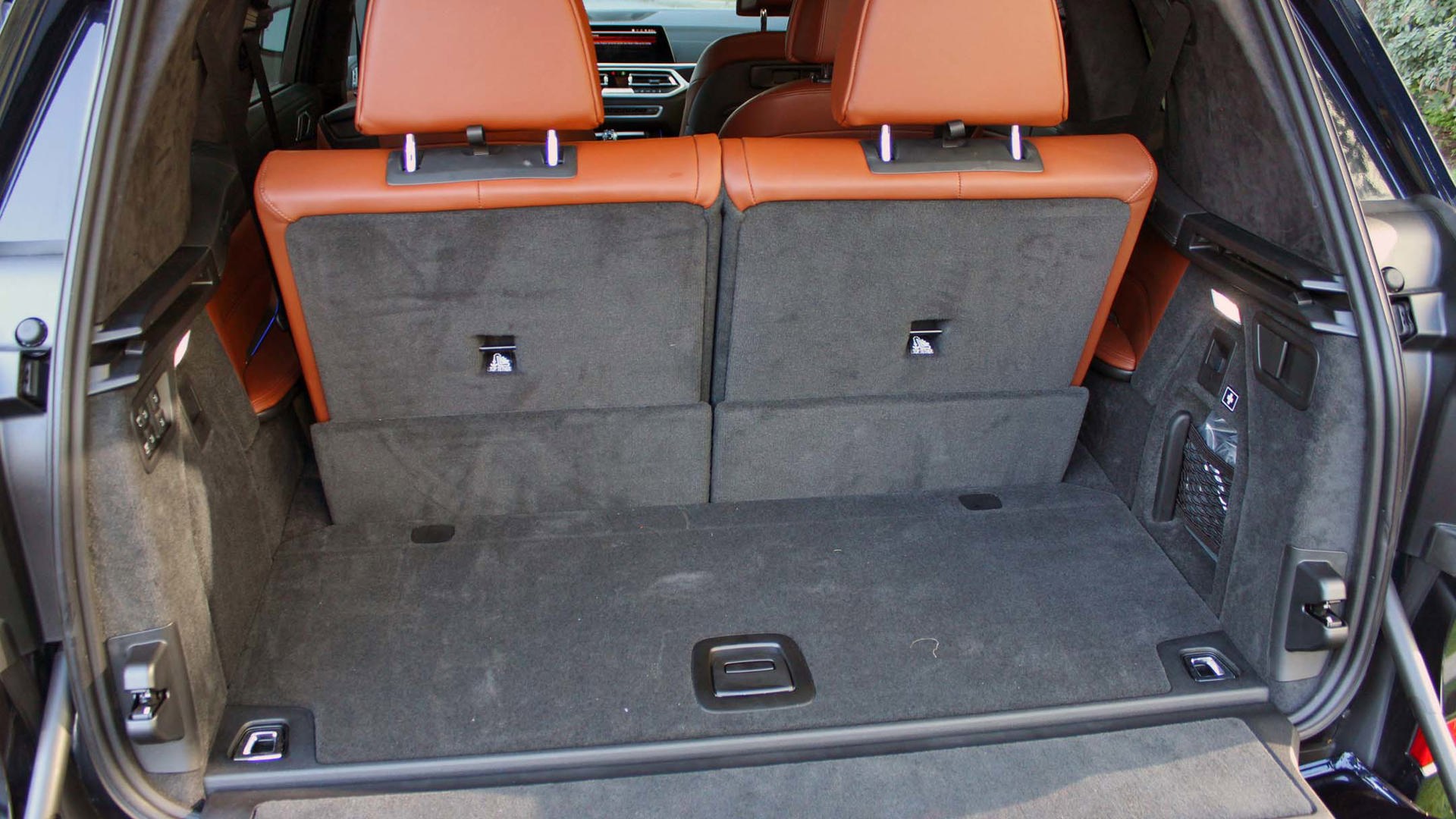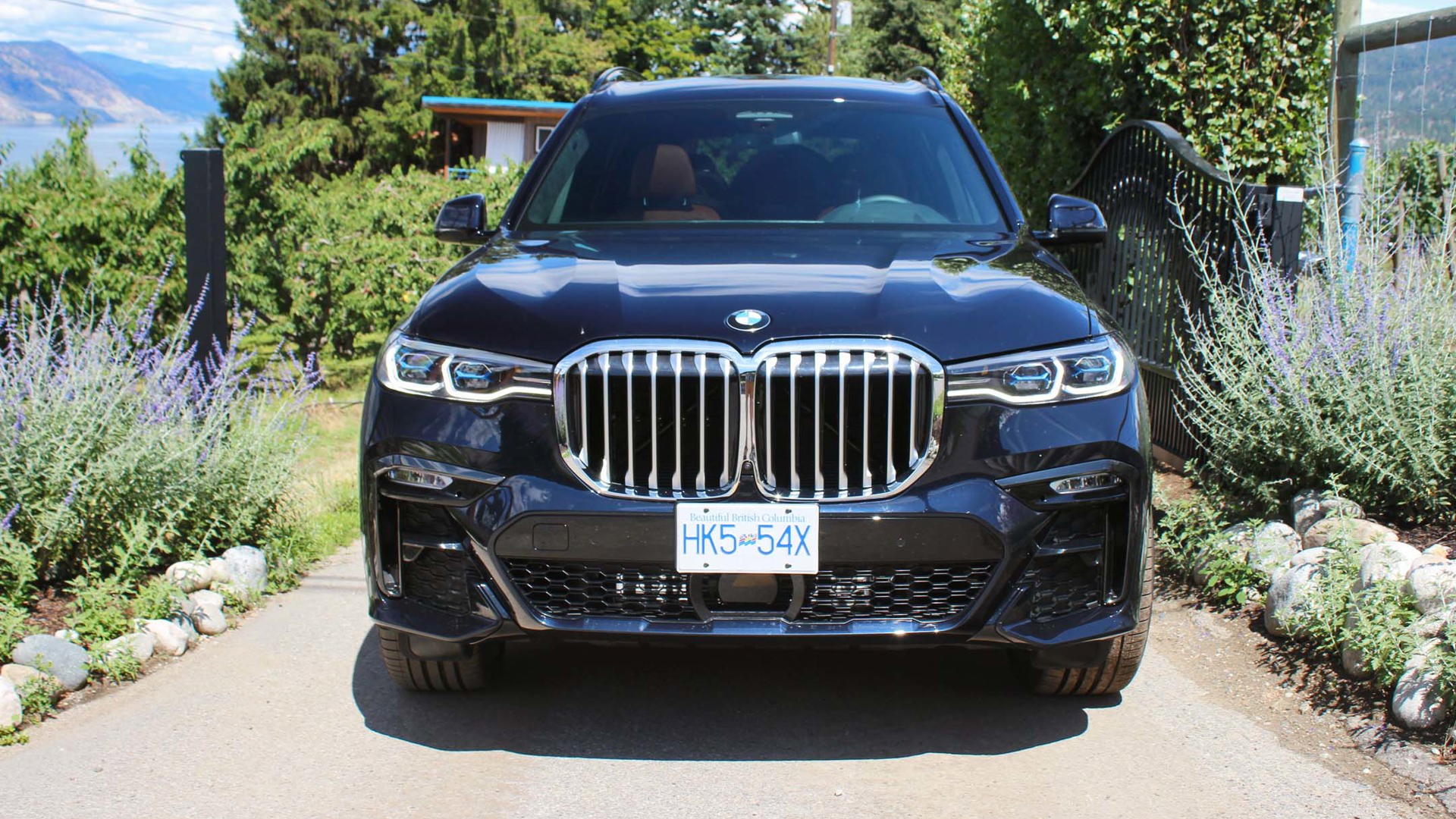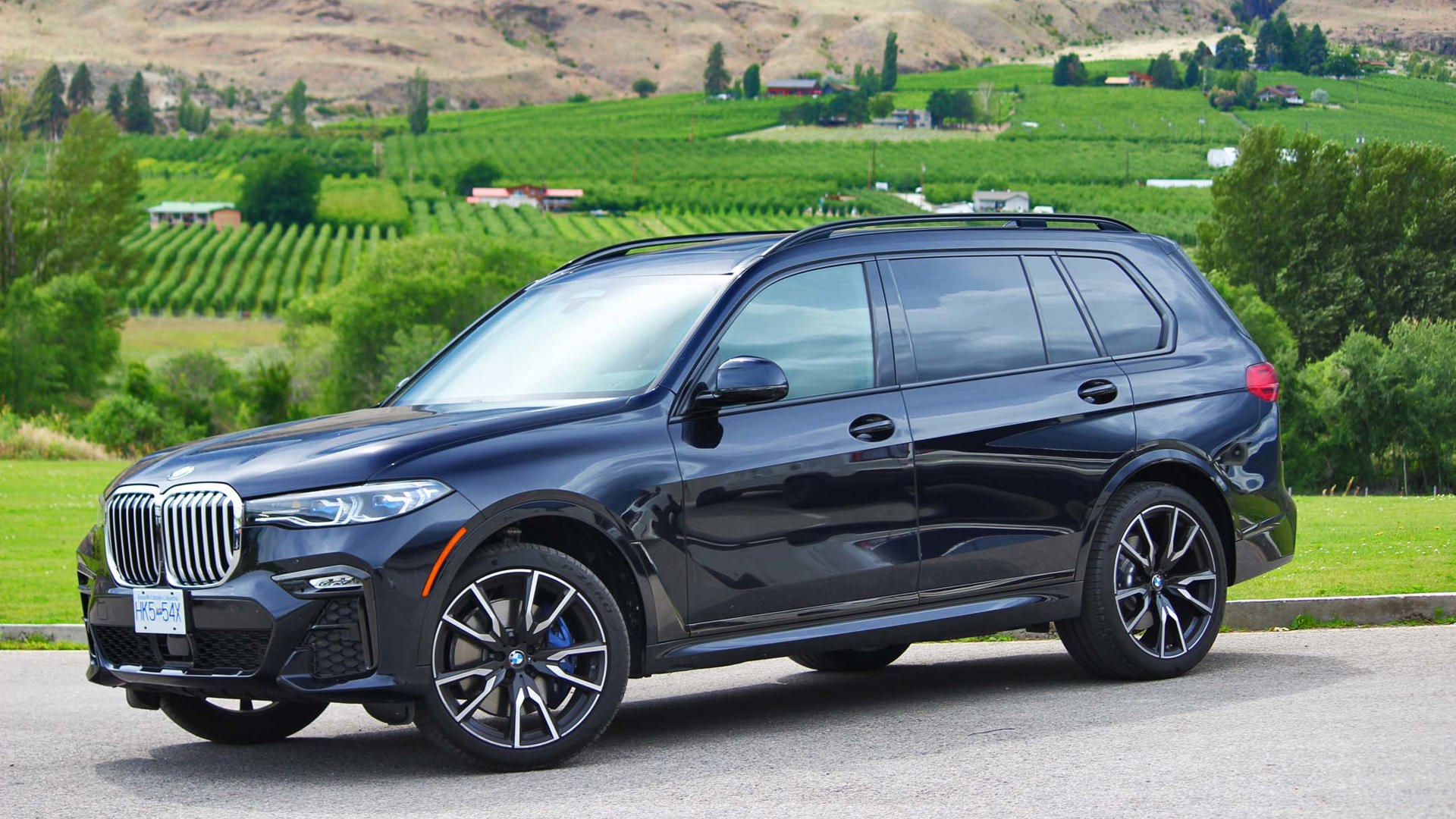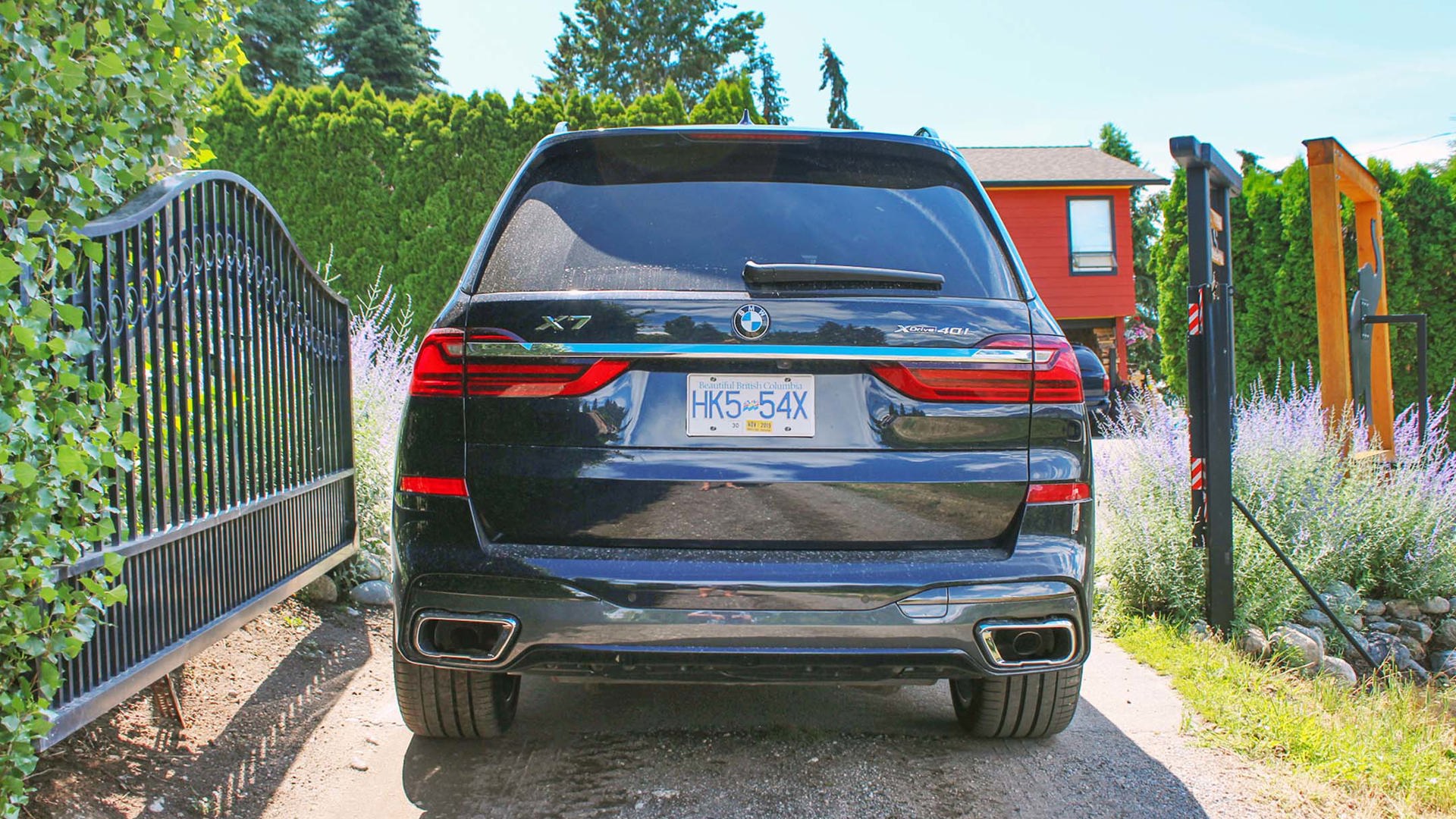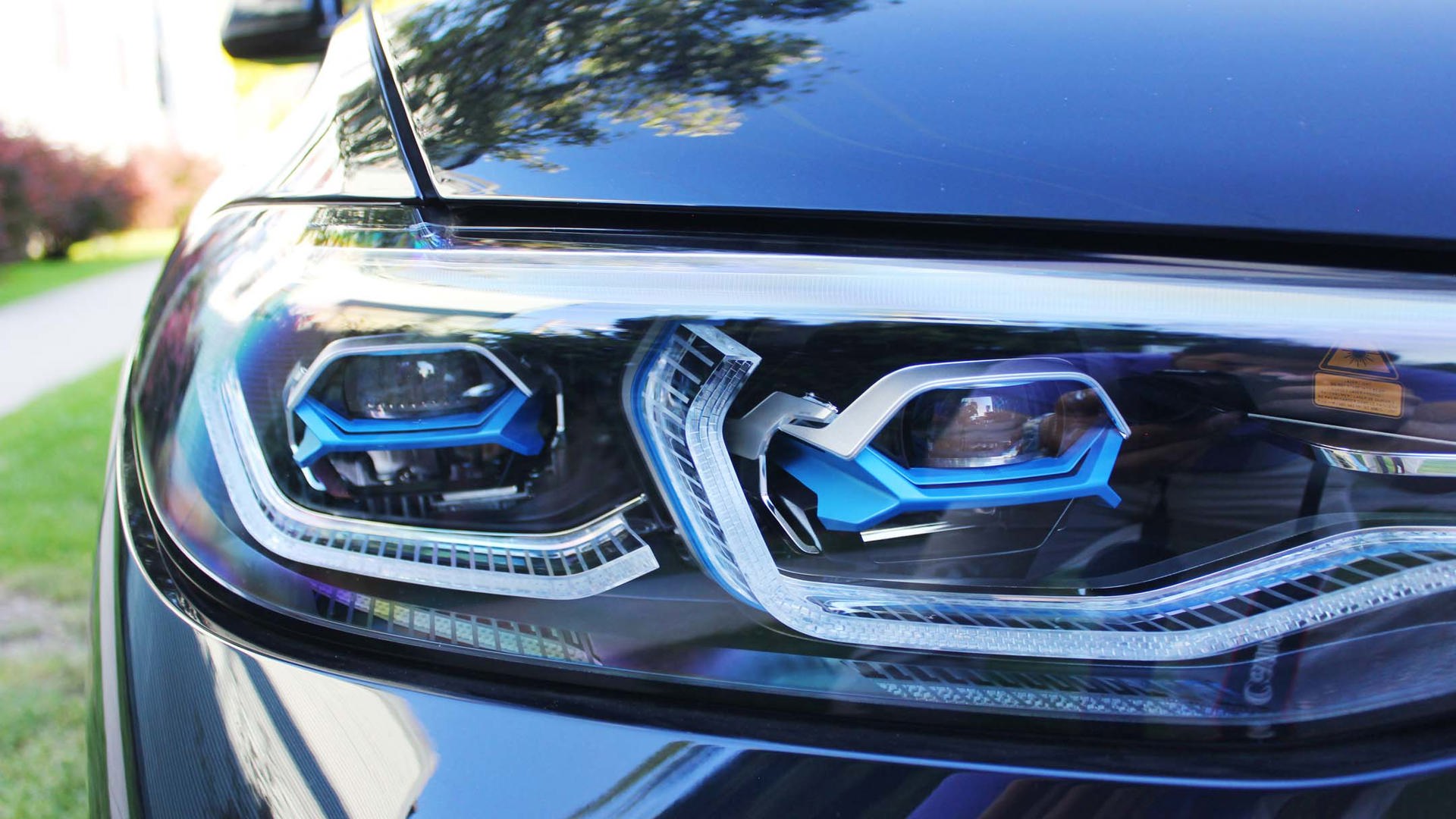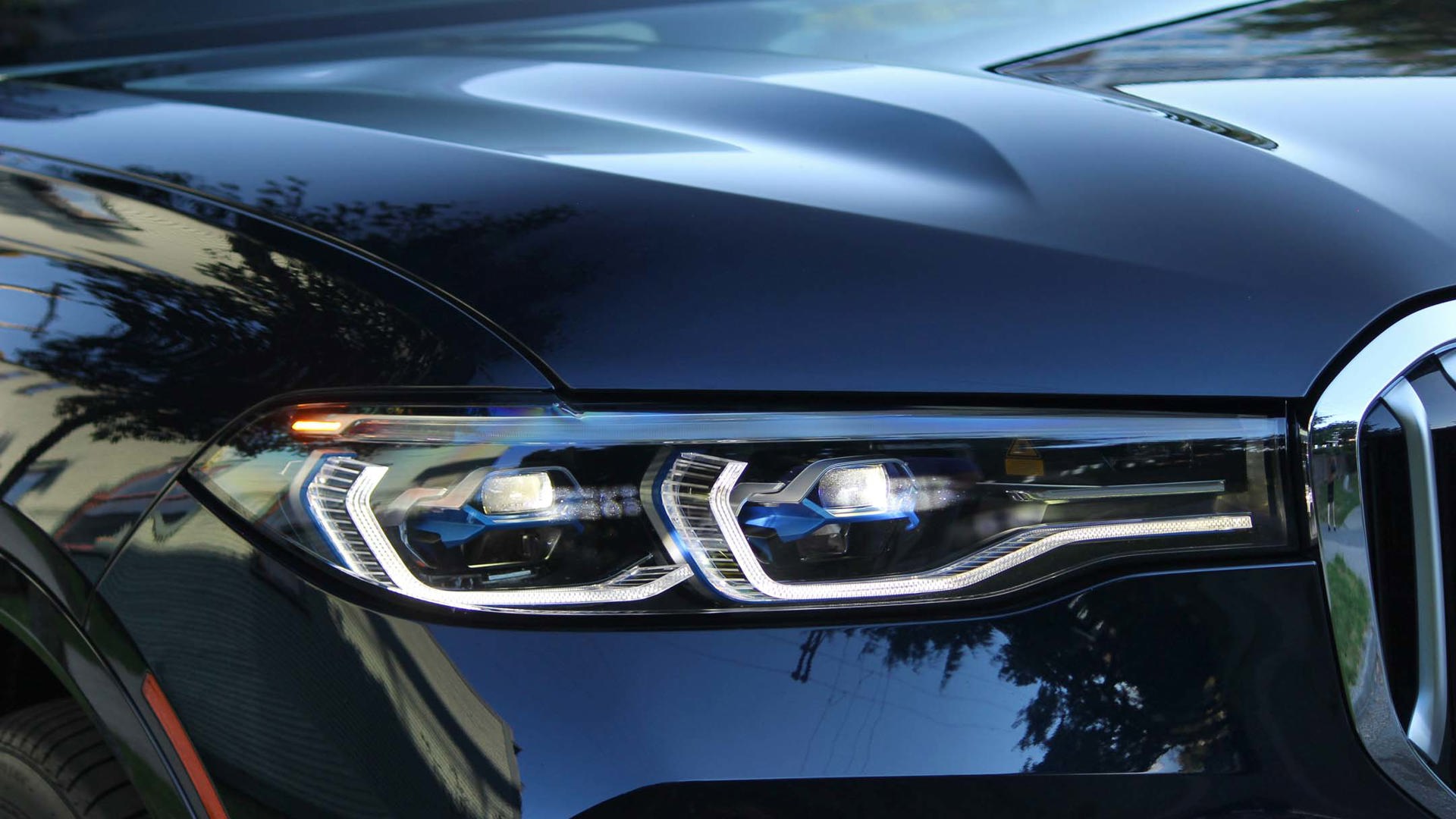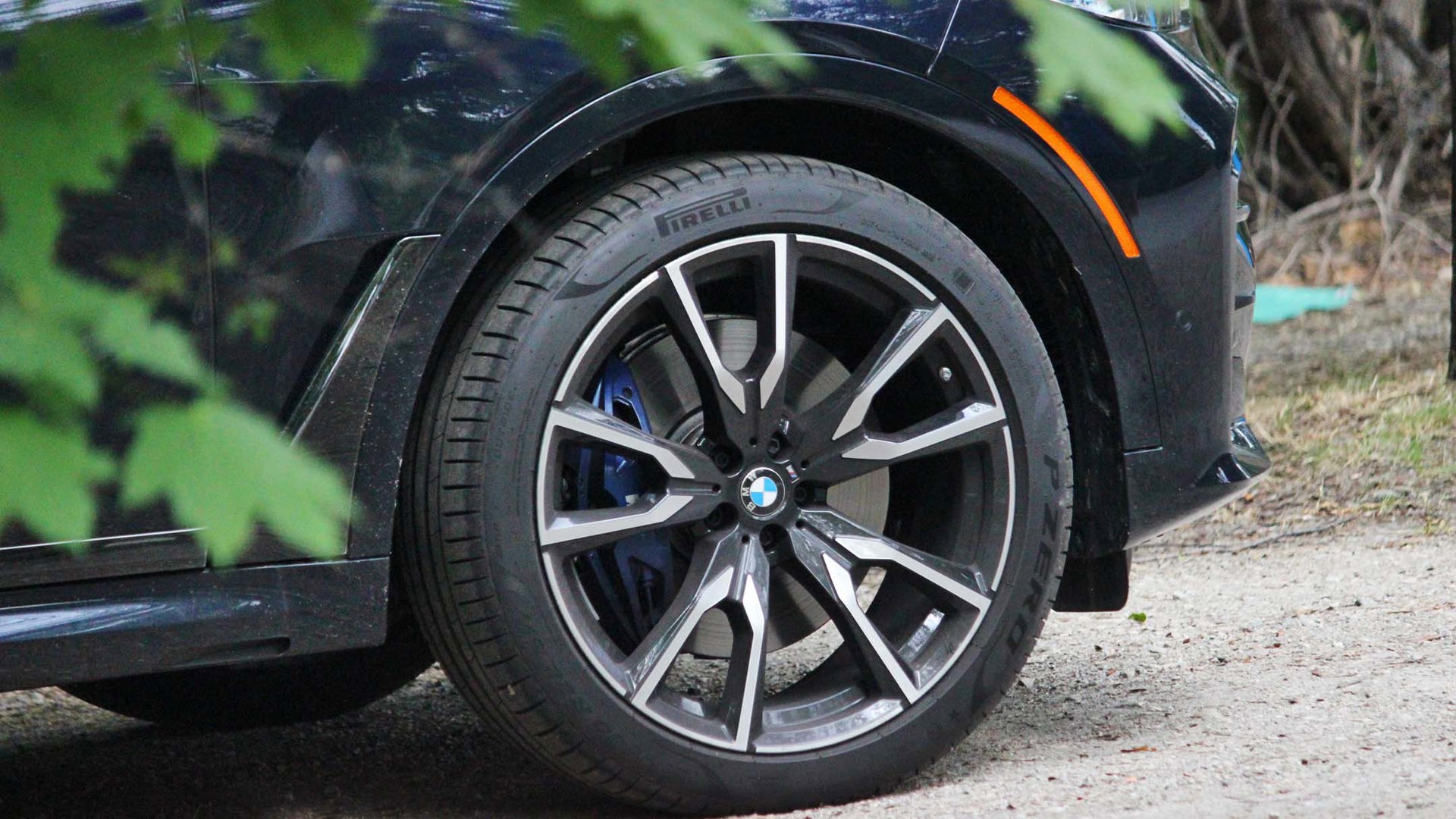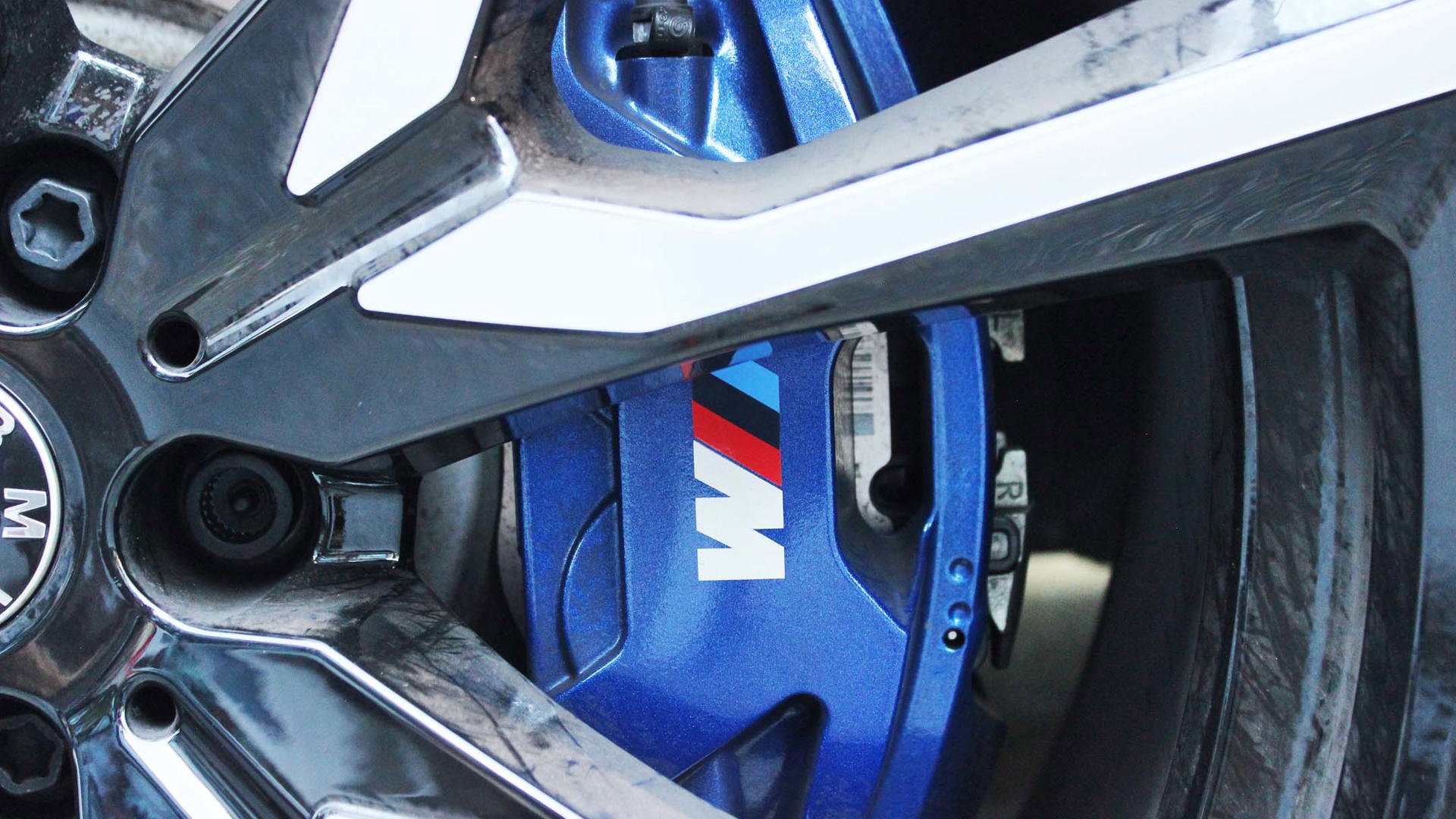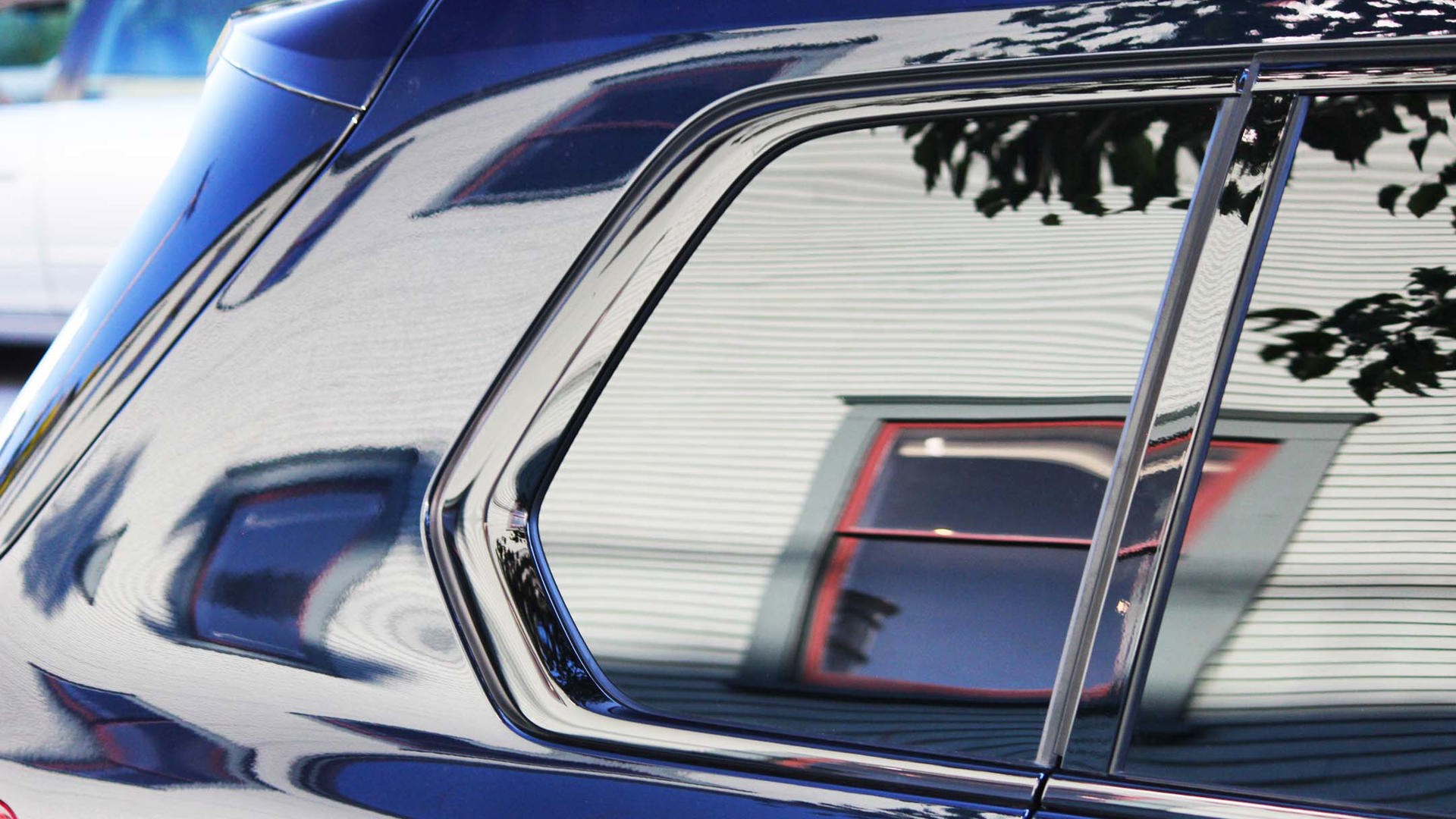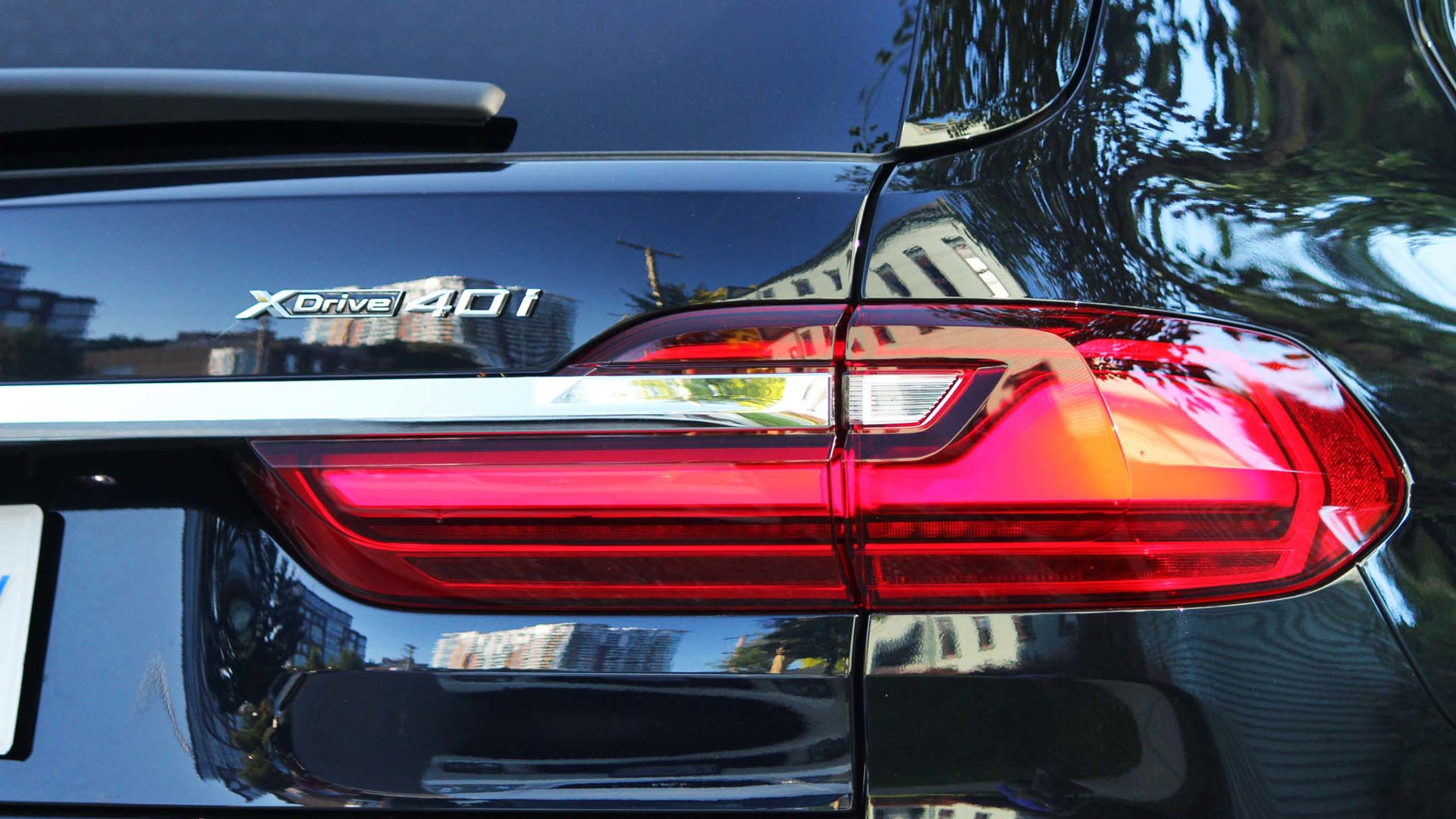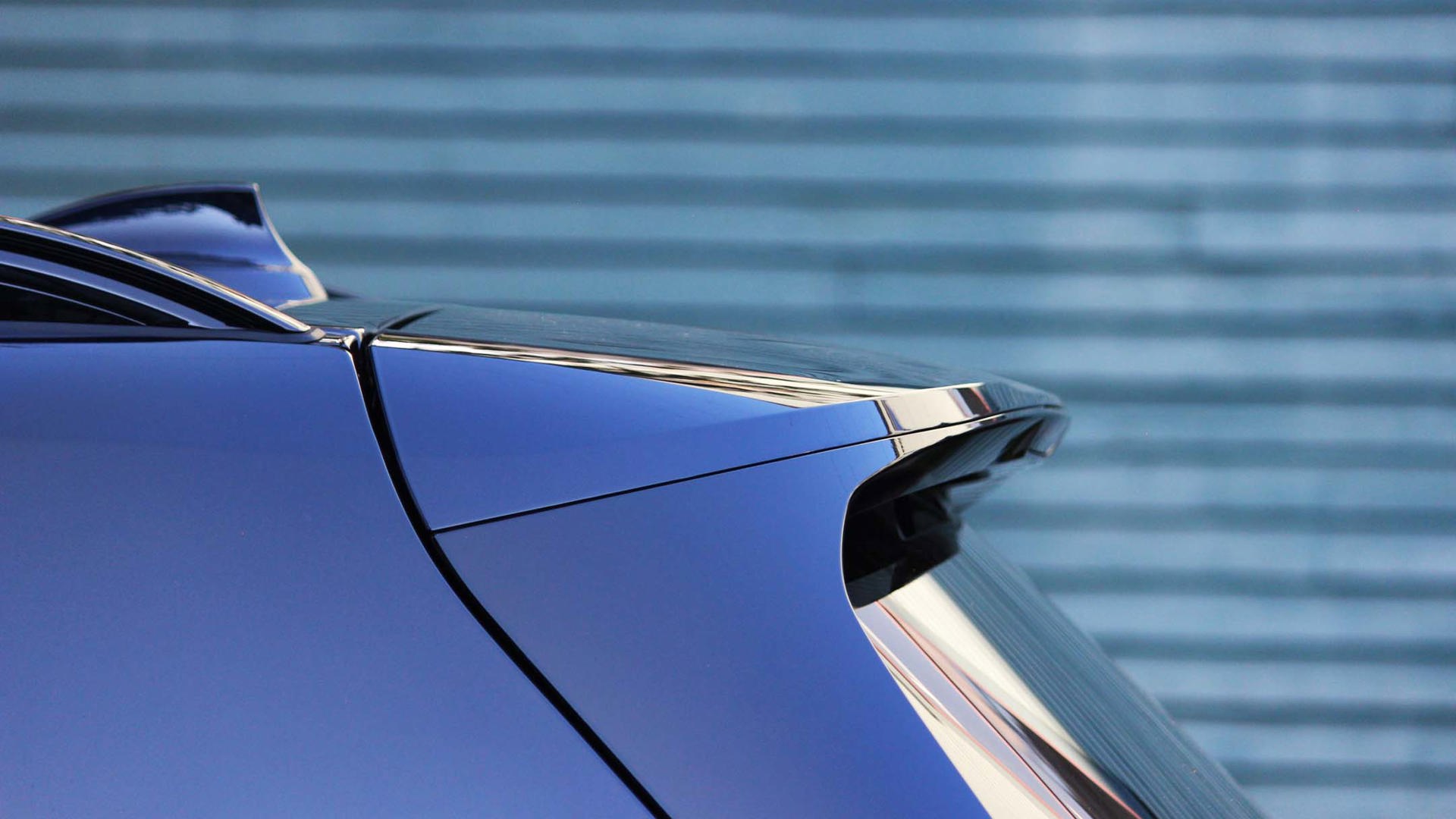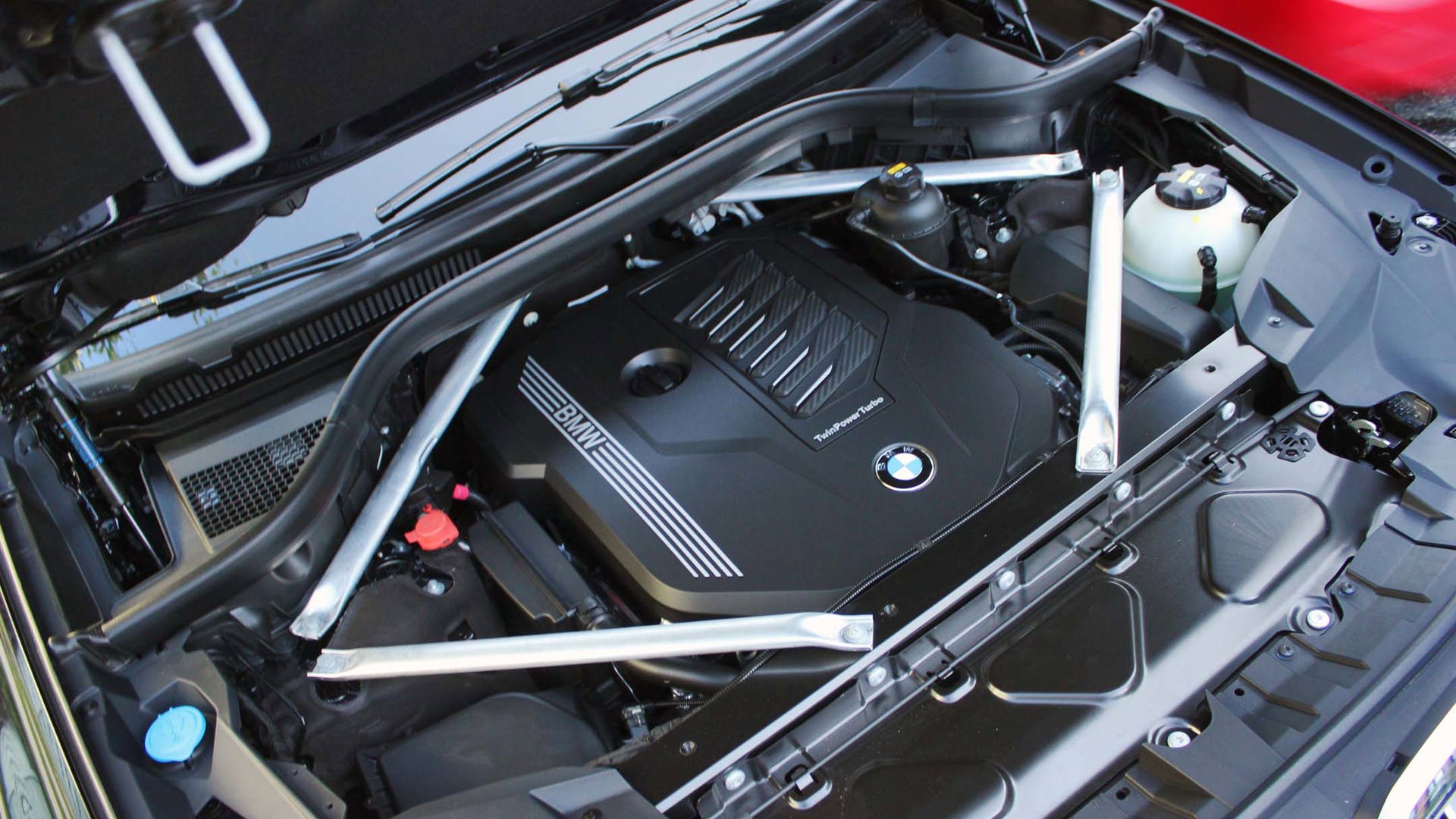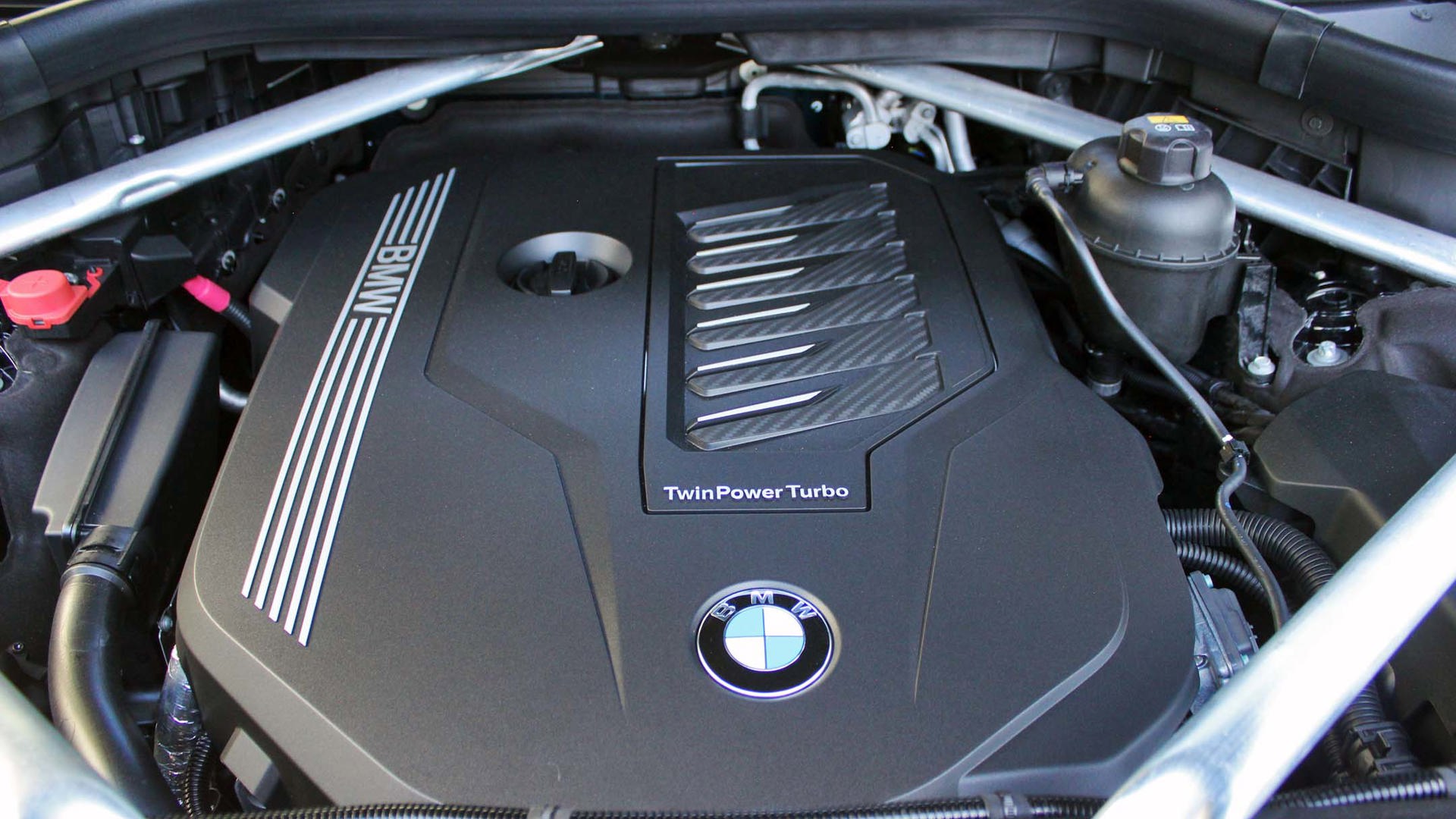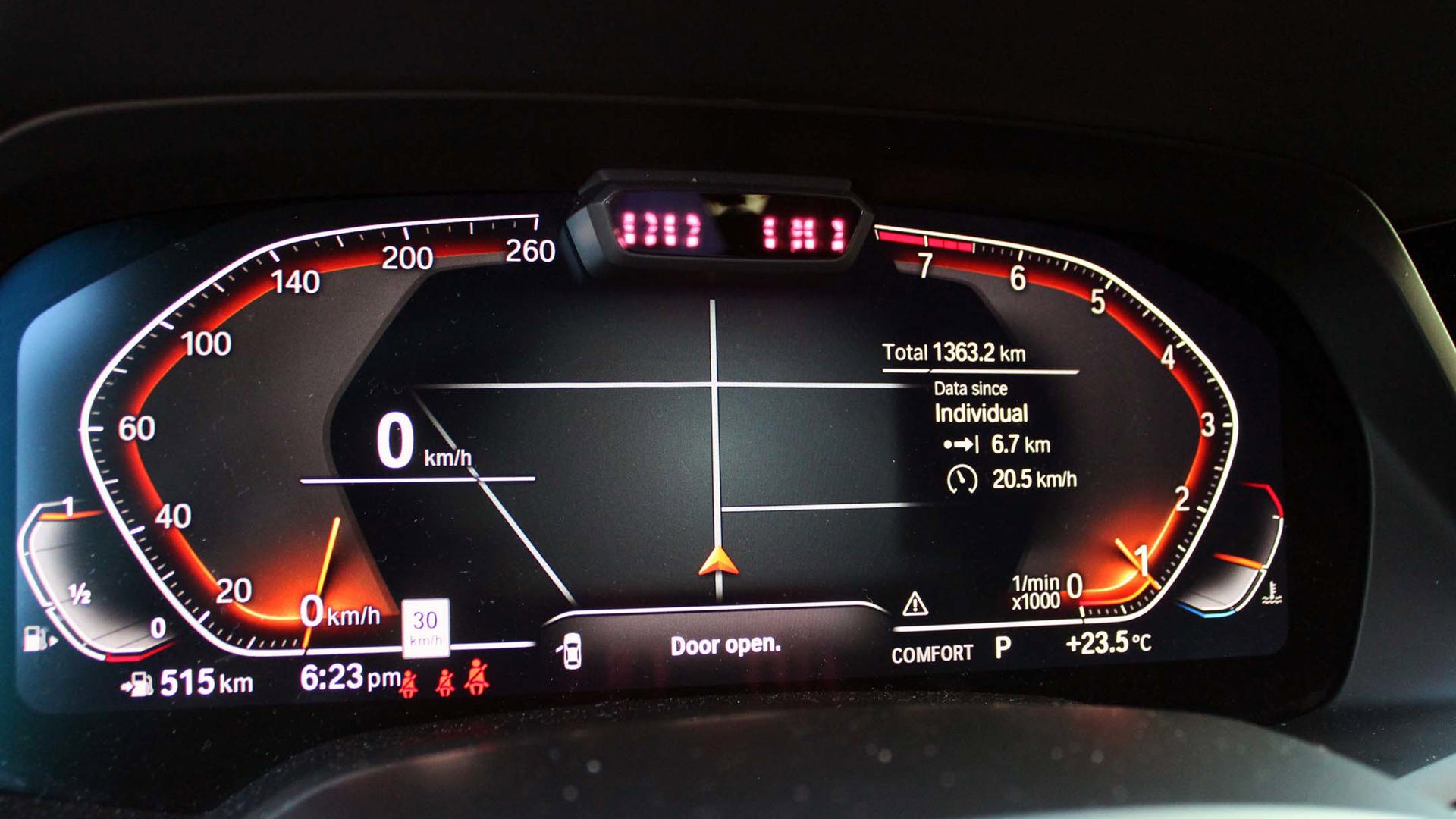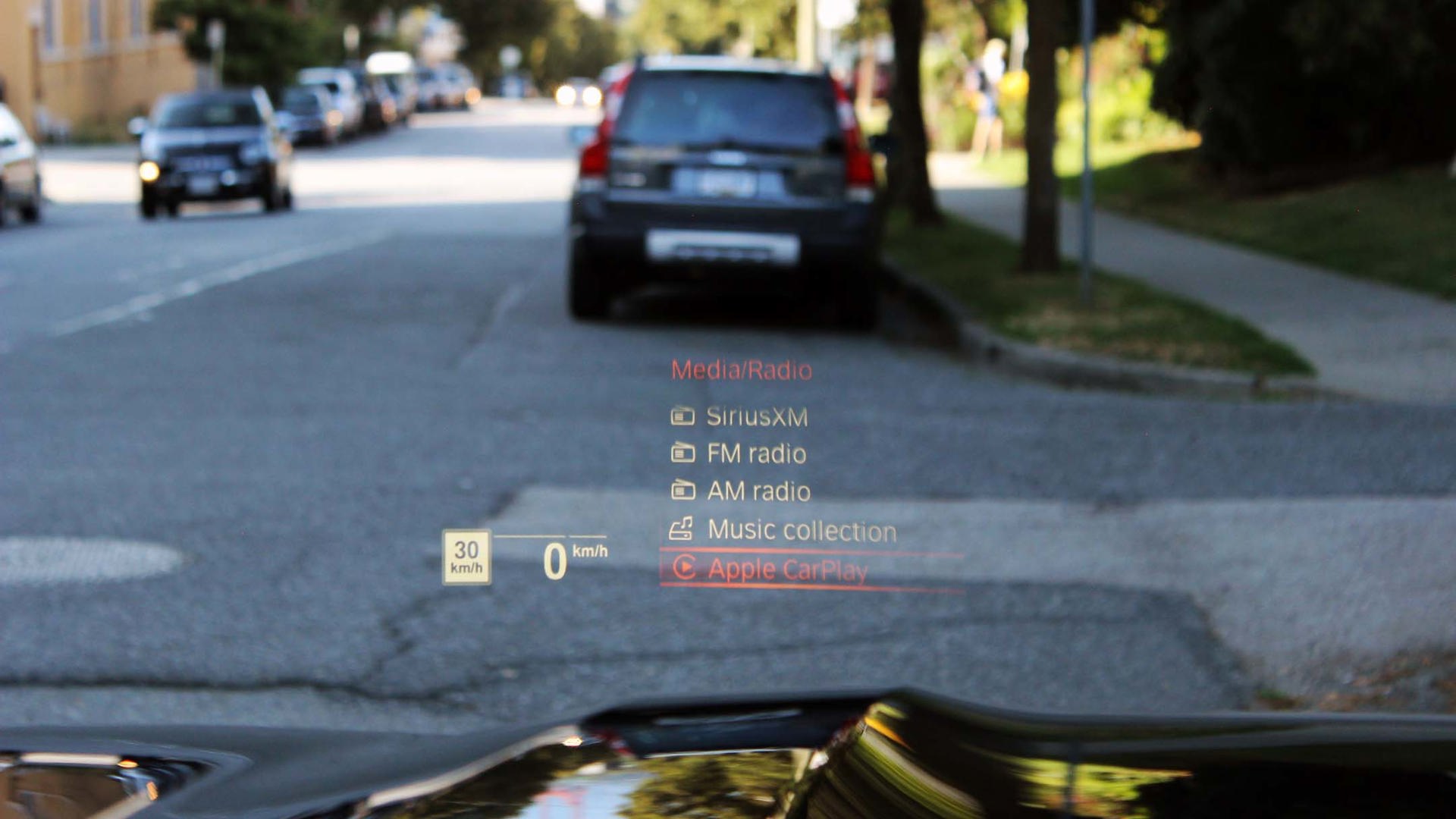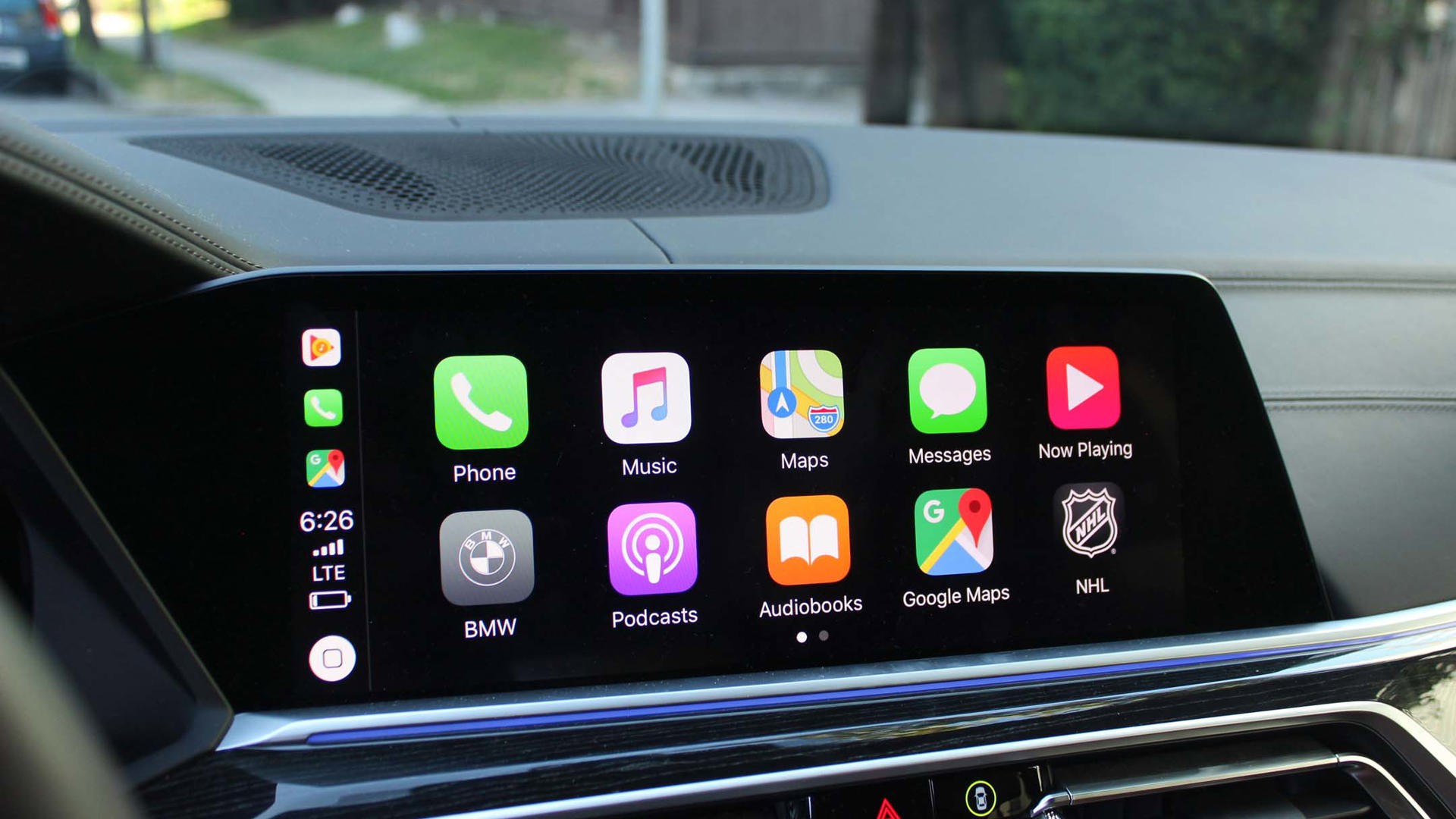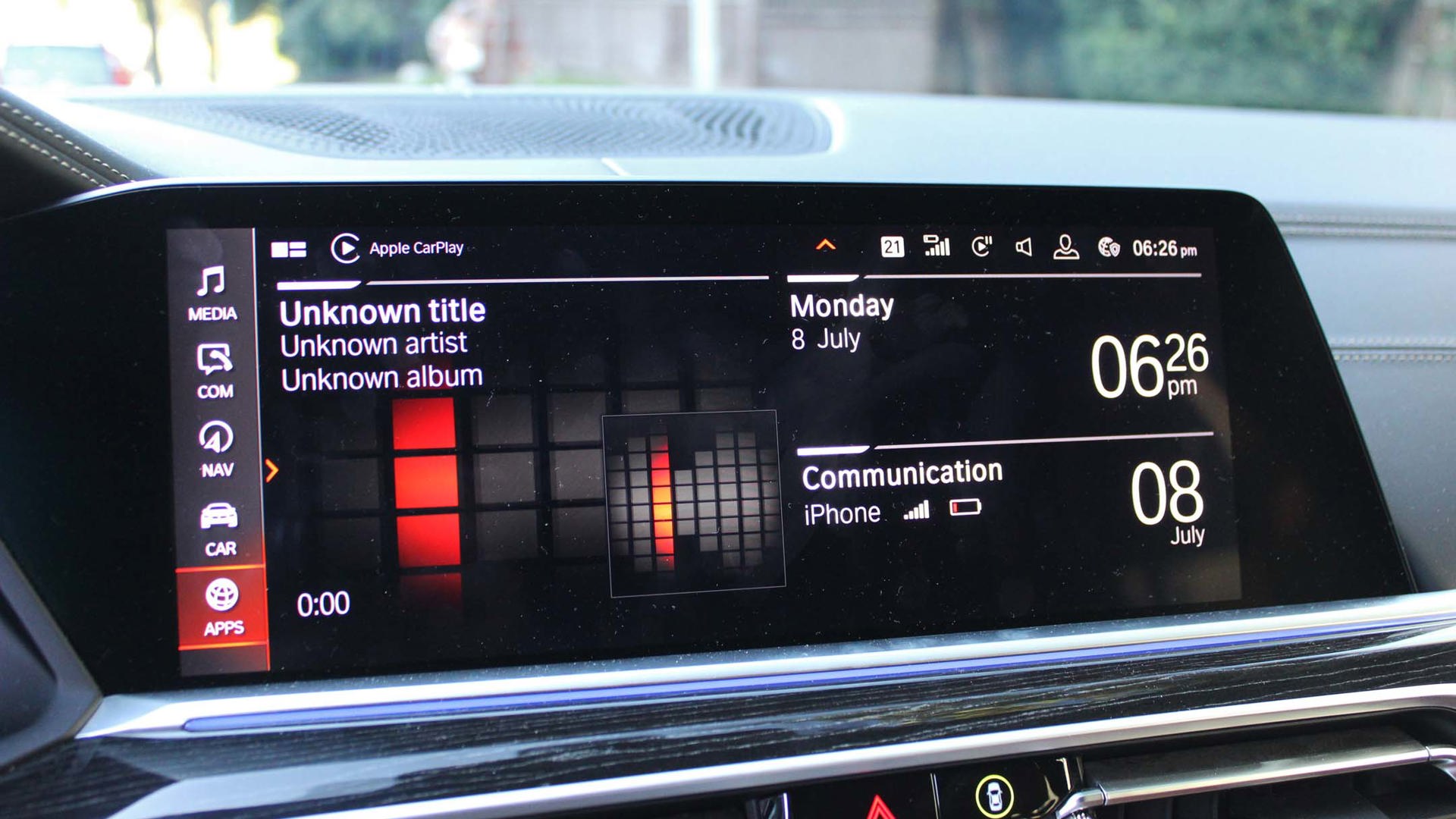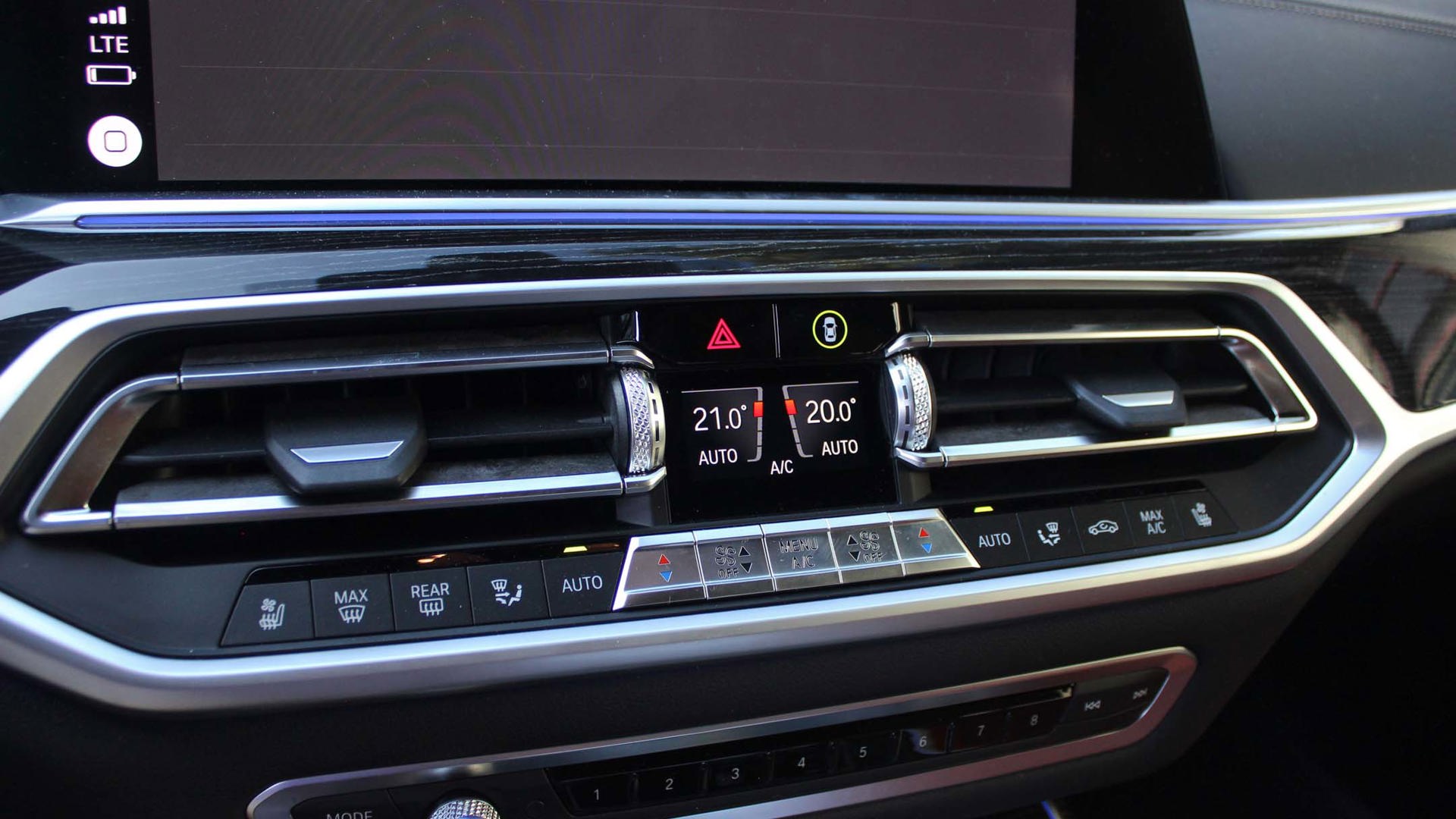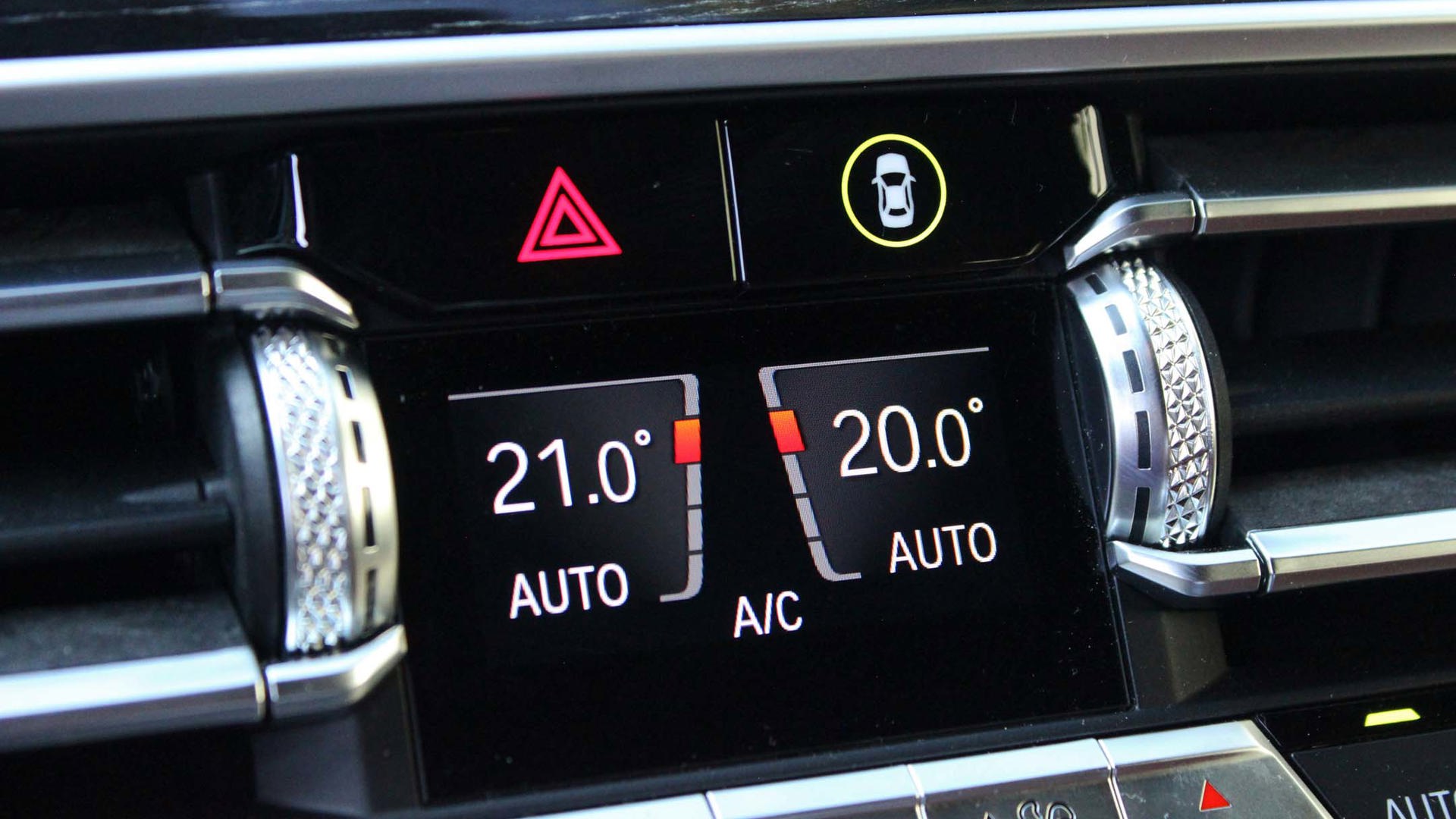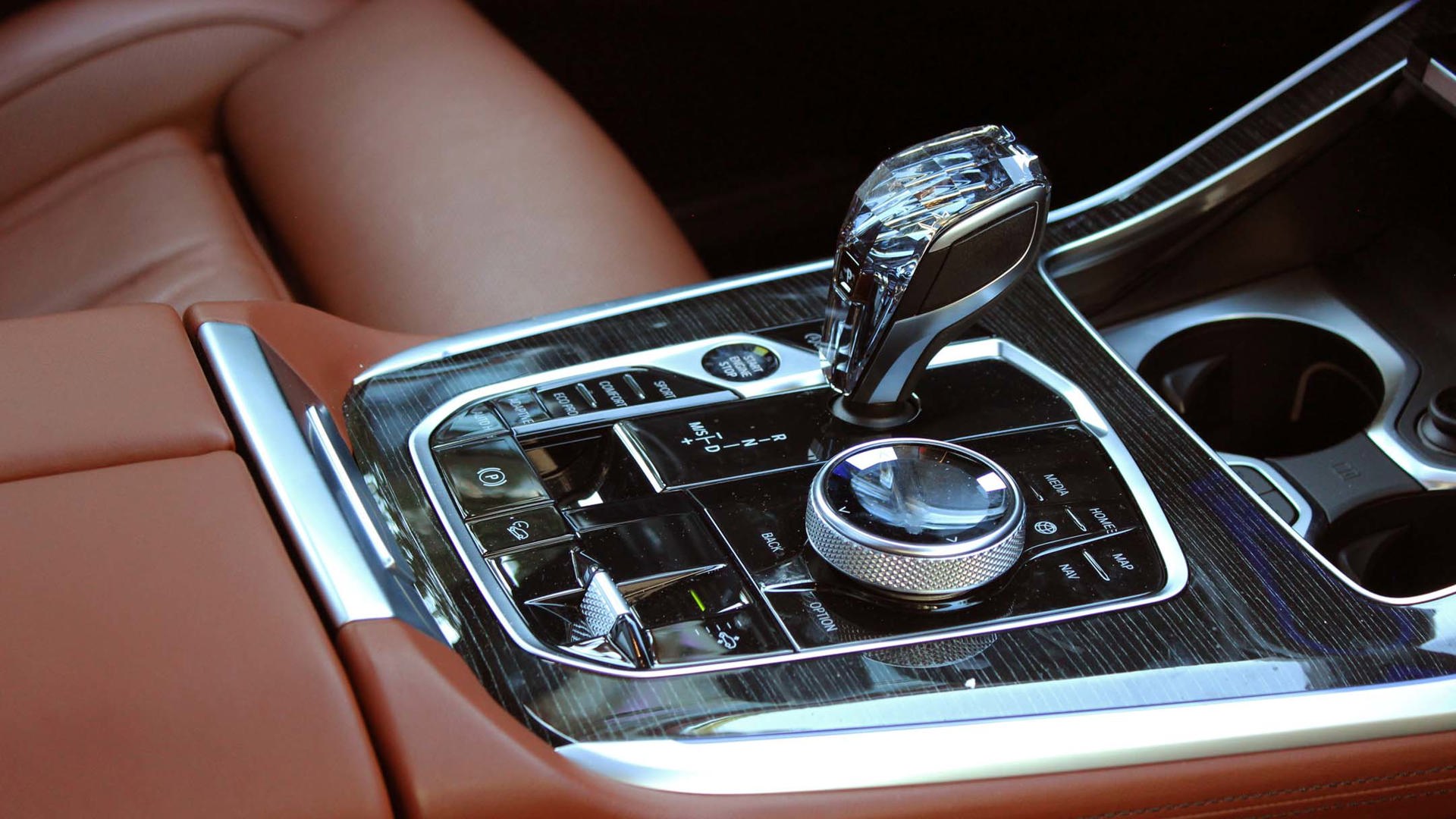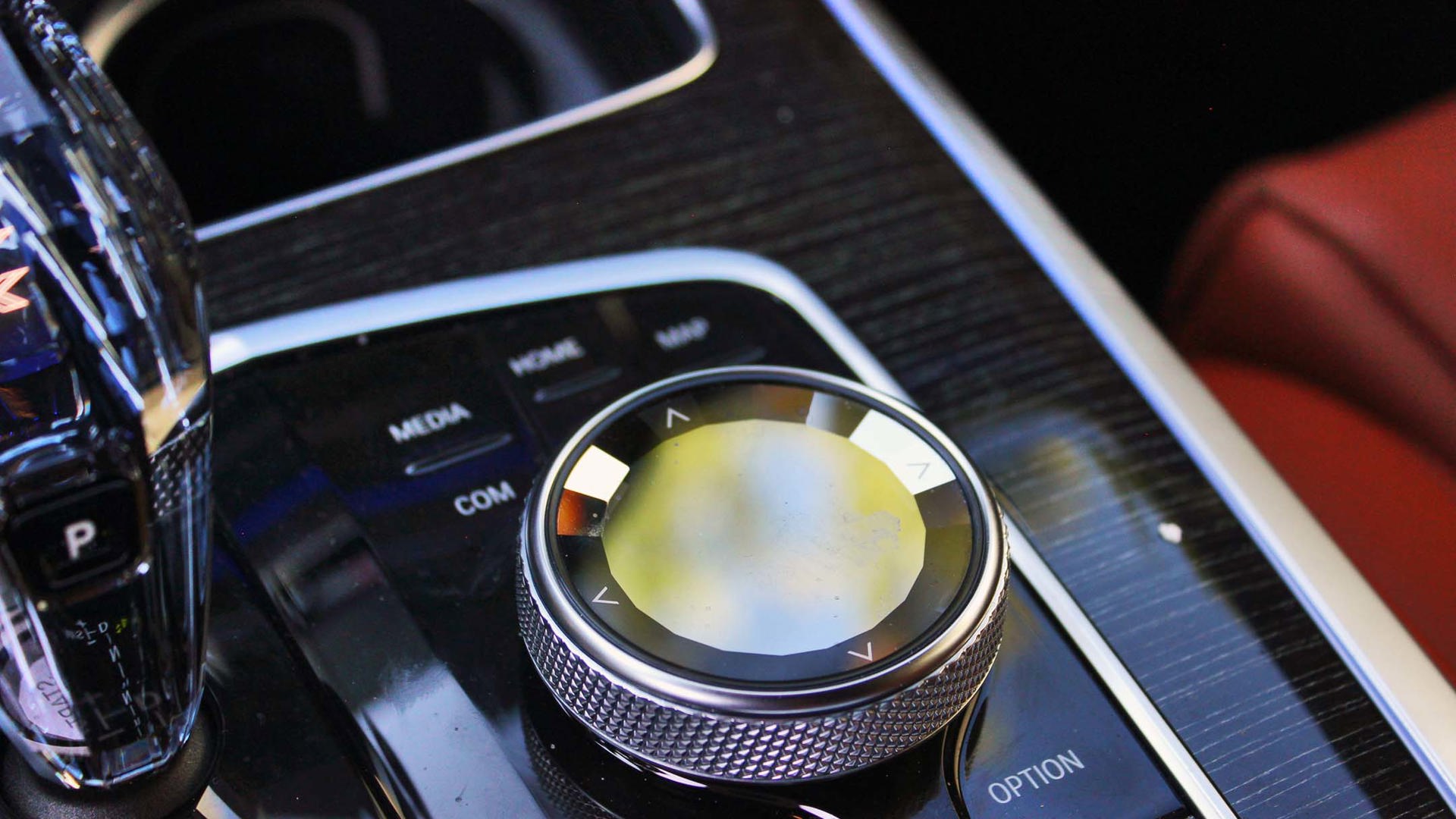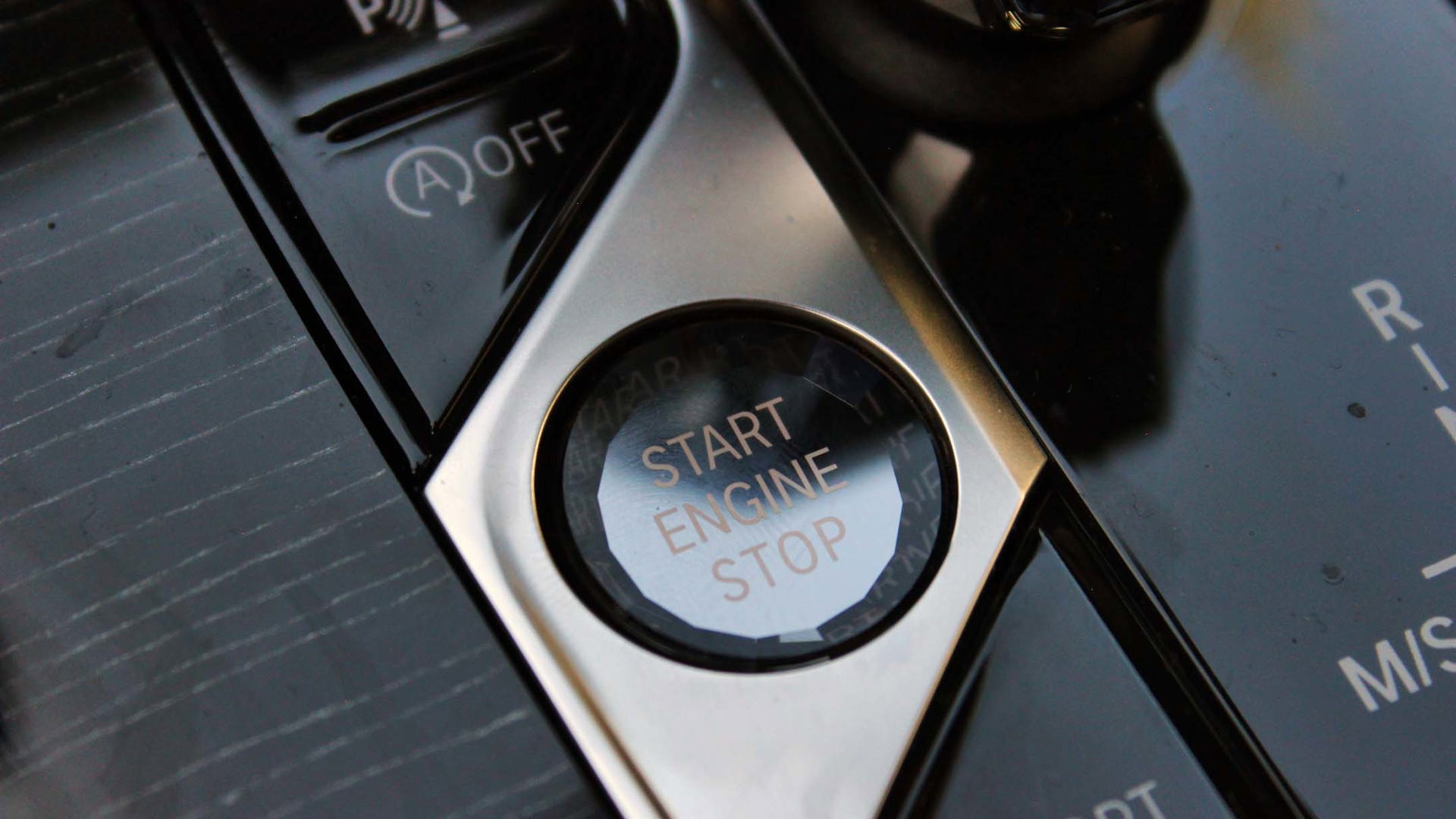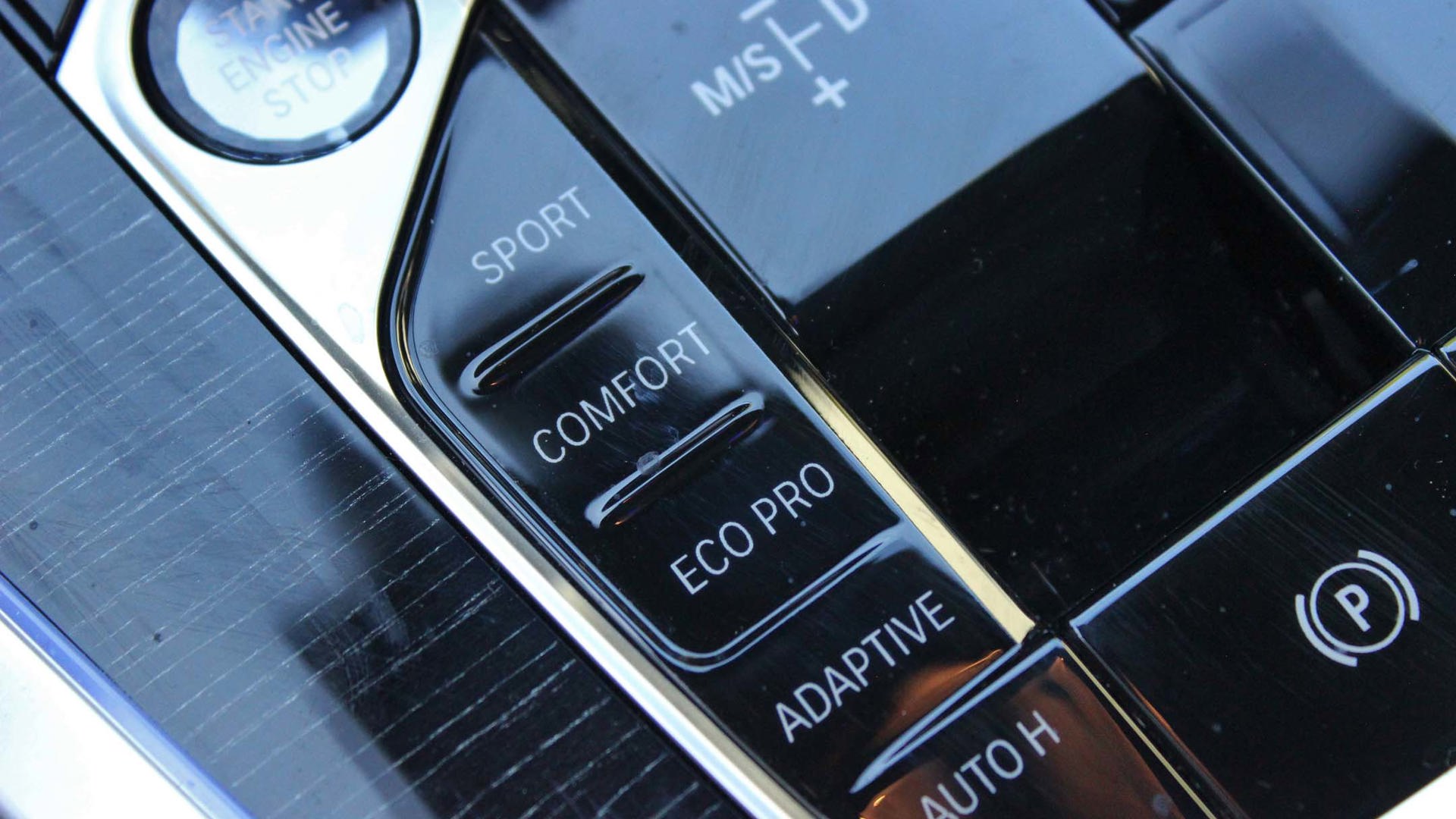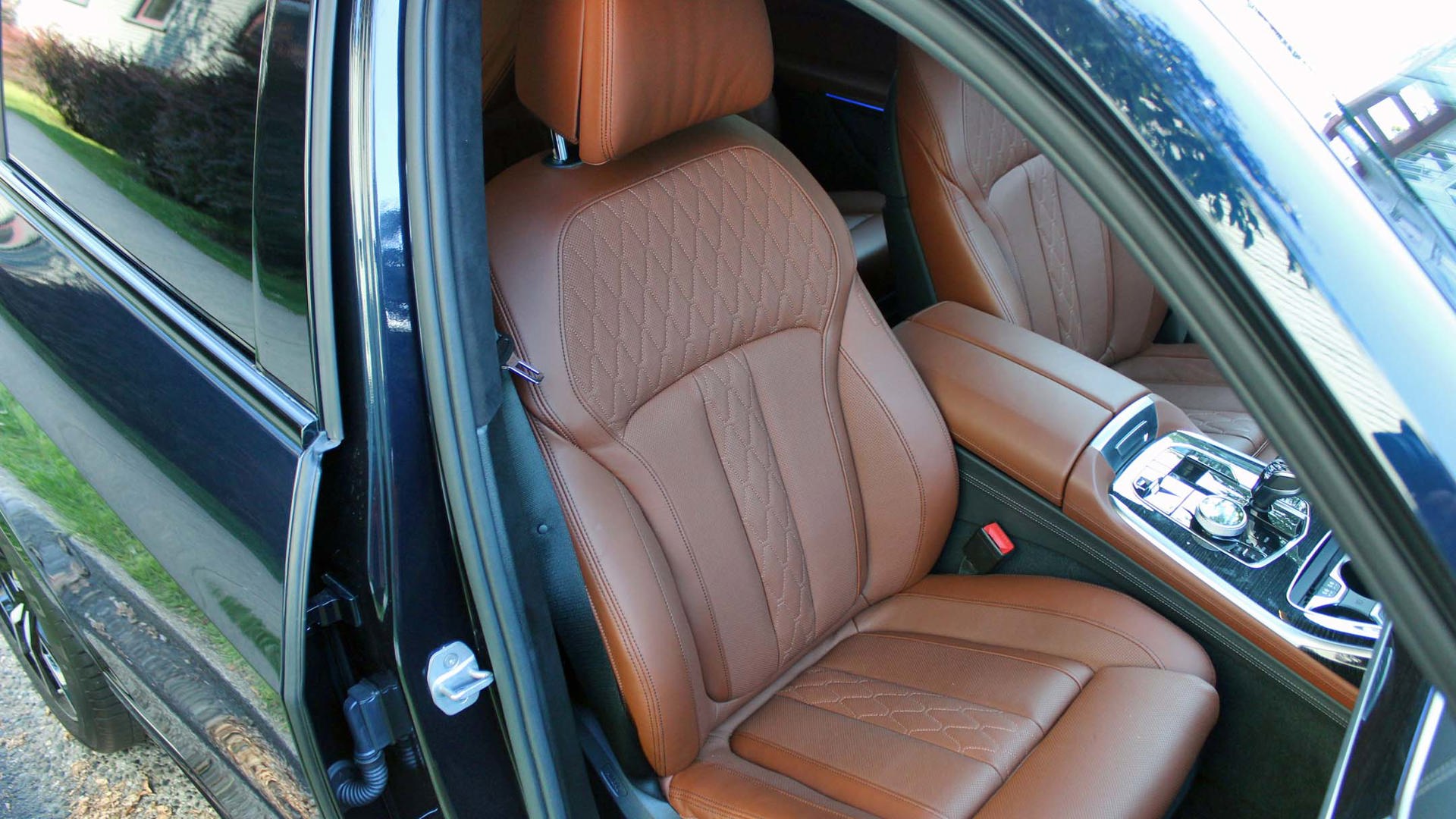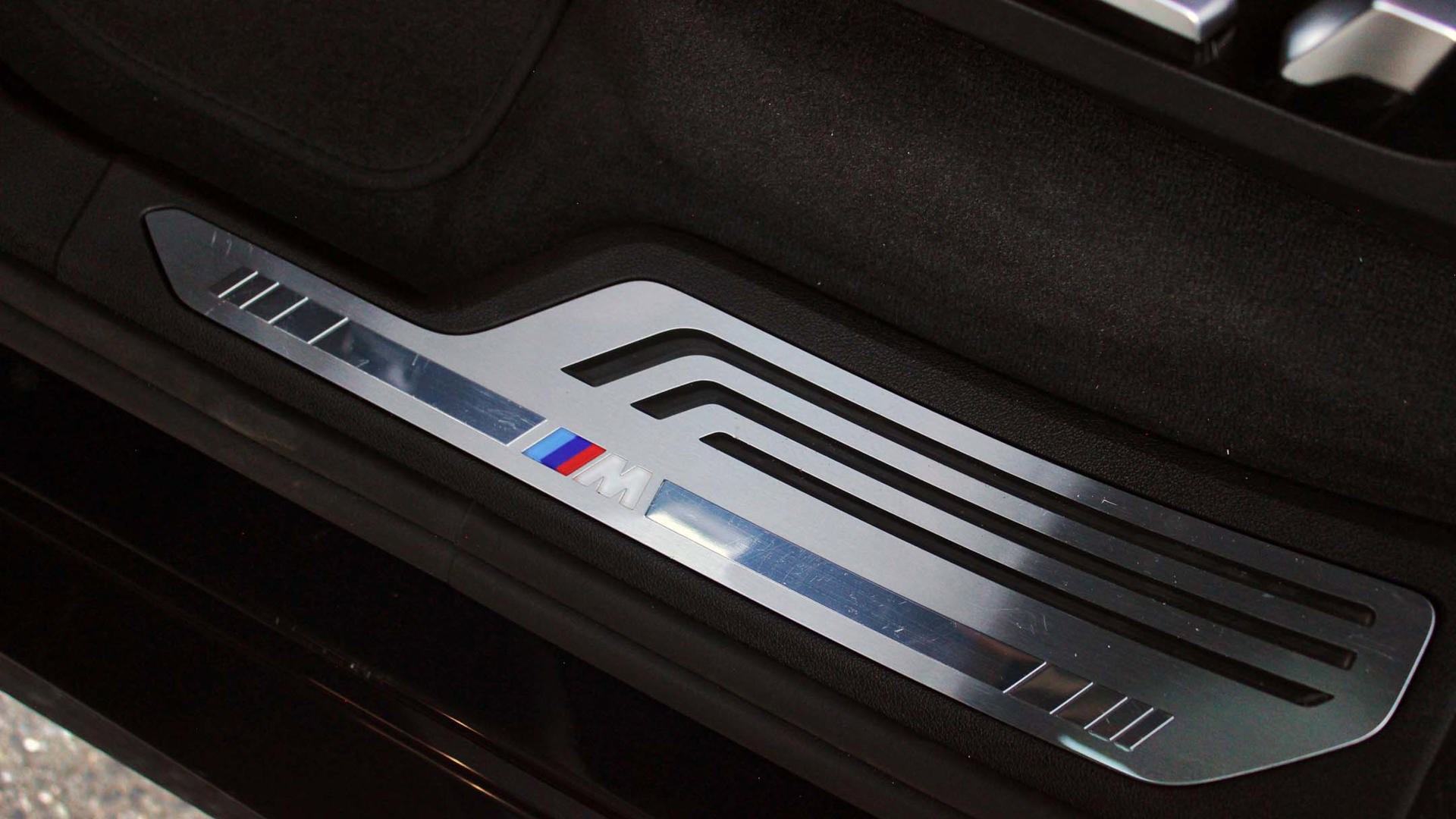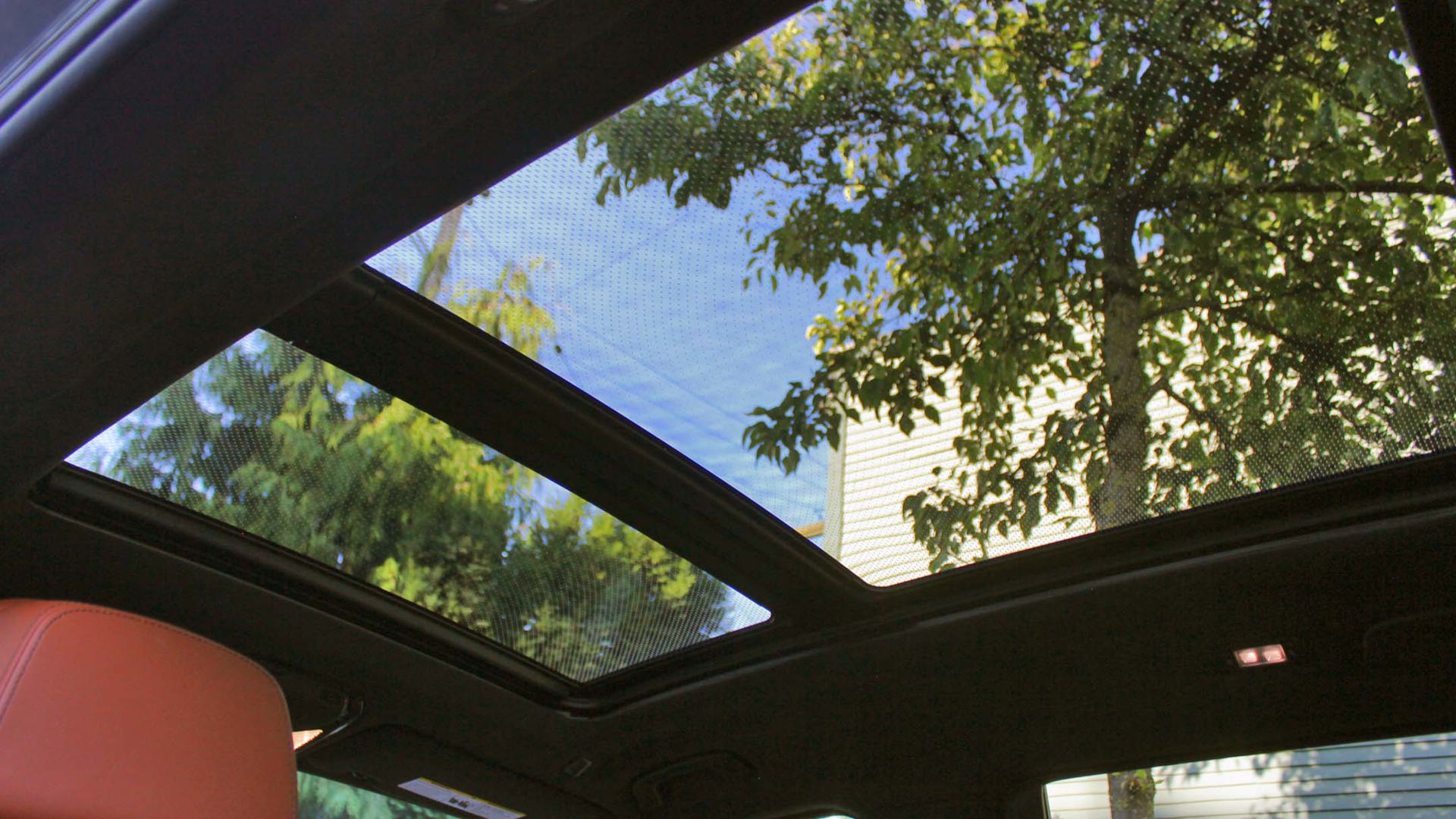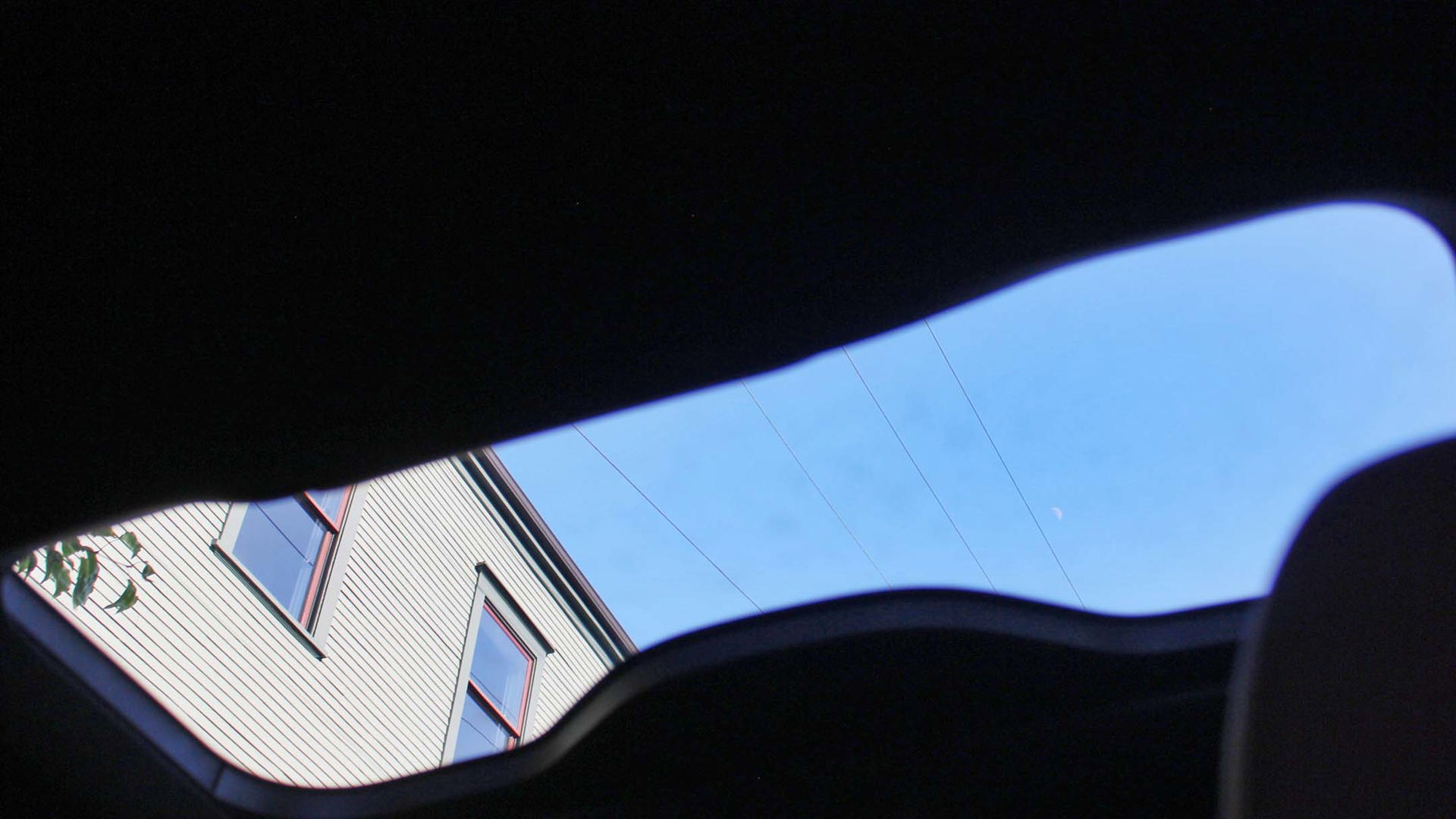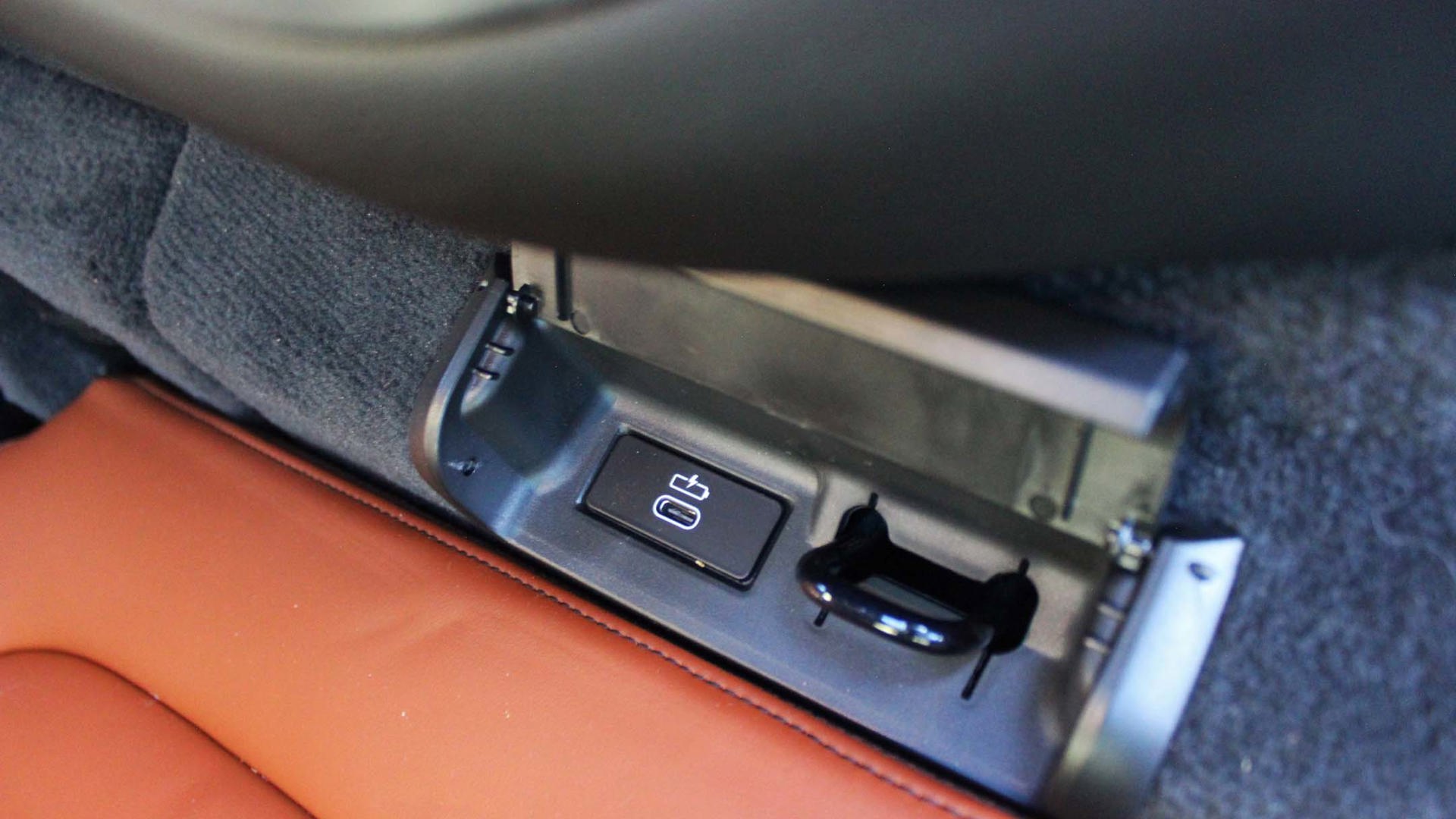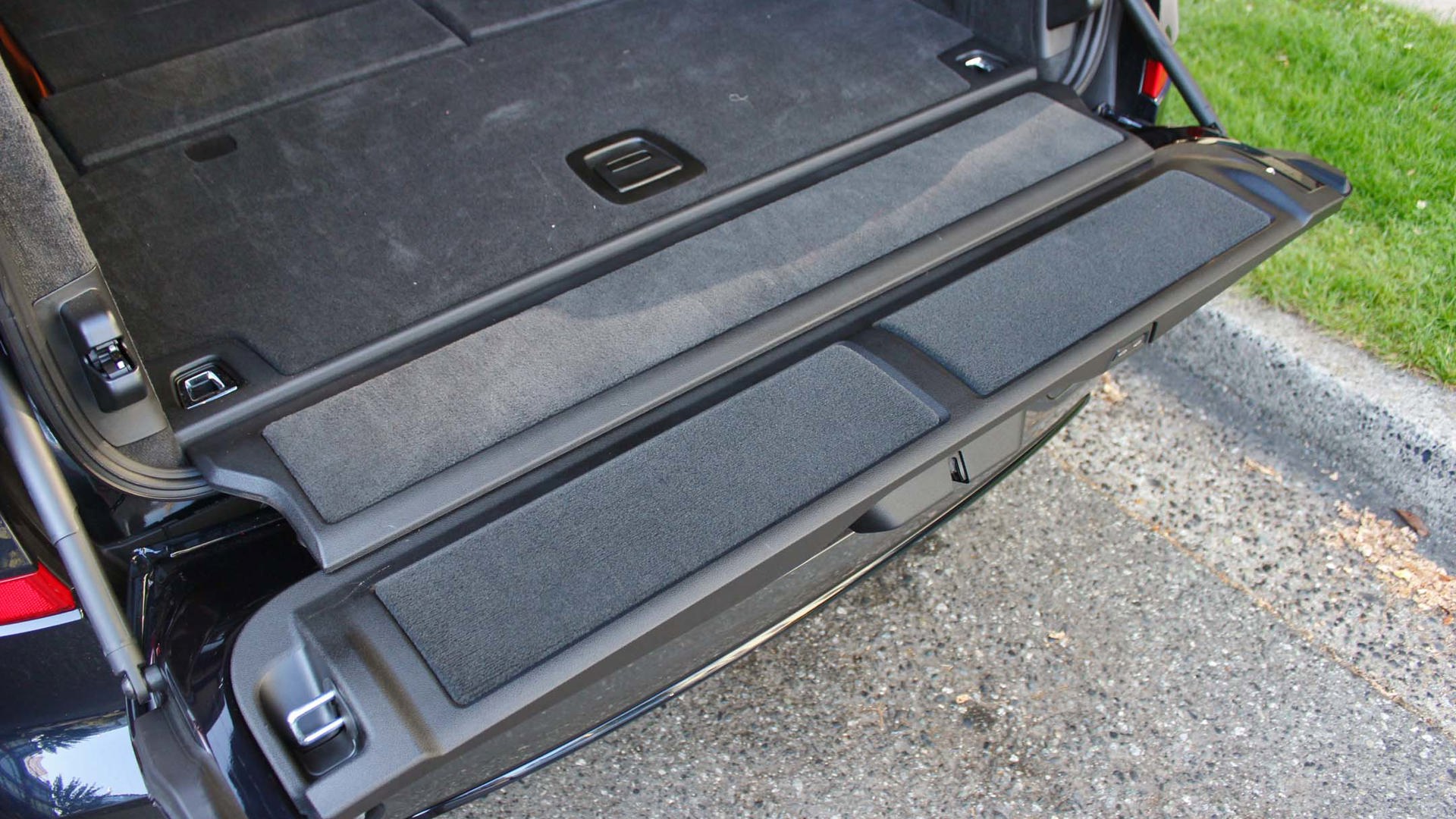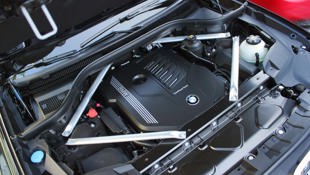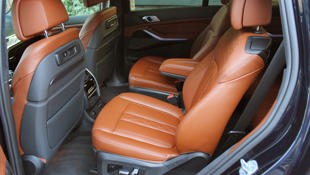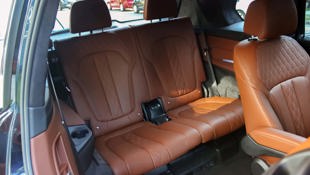 AutoTrader SCORE
AutoTrader SCORE
-
STYLING8/10
-
Safety8/10
-
PRACTICALITY9/10
-
USER-FRIENDLINESS8/10
-
FEATURES9/10
-
POWER8/10
-
COMFORT8/10
-
DRIVING FEEL7/10
-
FUEL ECONOMY7/10
-
VALUE7/10
The BMW X5 has been a success story for the Bavarian manufacturer. It routinely splits the company’s Canadian sales lead with its X3 and 3 Series siblings, and it is one of the originators of the luxury SUV segment (BMW calls it a SAV – Sports Activity Vehicle). A segment that, over the years, has grown by leaps and bounds to the point where even ultra-luxury manufacturers, from Bentley to Ferrari, are jumping on the bandwagon.
Still, successful or no, the landscape is always changing. As luxury SUVs now cater to a broader clientele, they have had to get more practical, hence the arrival of the three-row luxury SUV. Until now, BMW made do with squeezing a third row into the X5; while Mercedes, Audi, Lexus, Infiniti, and Cadillac have all come to the table with proper, full-size three-row beasts.
Enter: the all-new 2019 BMW X7.
Styling: 8/10
From head on, there’s no doubt it’s a BMW, what with that massive kidney grille and blue-framed BMW Laserlight headlamps. It’s an image that wouldn’t look out of place in a movie set far into the future, or perhaps on a different planet. It’s almost comically huge, but with the amount of jewellery we’re seeing on trucks and SUVs these days, you can make the argument that BMW is simply keeping up with the Joneses.
The taillights are also pretty distinctive, but as you move around the side of the vehicle, you start to see some somewhat derivative styling. Especially the rear side windows: while they do have a take on the classic BMW “Hofmeister” kink, it’s hard not to see a little bit of Volvo XC90 there, while the tall roof reminds a little of the Range Rover.
There’s no mistaking the wheels and blue brake calipers as anything but BMW, however; at 22 inches, they look good, and since the vehicle itself is quite large they don’t seem overly huge. Both they and the blue calipers come as part of the M Sport Package, which also provides redesigned front/rear bumpers and rocker panels, and sport exhaust system with twin oblong tailpipes. It helps ground the tall X7 a little, which is nice.
Inside, meanwhile, the package adds a thicker-rimmed leather steering wheel but that’s where it ends; our car, however, had the added bonus of the BMW Individual interior treatment that adds gorgeous diamond-quilted “Tartufo” (i.e. brown) leather seats, matching leather bits on the armrests, and more to add a layer of ultra-luxury to the X7’s interior. The standard suede headliner is the cherry on top, the crystal shift lever the keystone that brings it all together – its finish is matched by that of the iDrive control wheel as well as the volume knob and engine start/stop button. Gorgeous.
Features: 9/10
If you ask for it, my tester has it. Because tri-zone climate control is so 2017, this baby has a five-zone system – two for the first and second rows, one zone for the third row (including heated seats) – and more vents than an air conditioner factory. Those vents are great to have, but the ones that sit just behind the front seats are a little loud.
Back-up cameras don’t get more fully-fledged than this: instead of just switching cameras when you select reverse or drive, you can actually see the camera swing around a virtual image of the X7 on-screen. Instead of just showing you how close the car ahead of you is while parking, a top-down close-up of your hood is displayed on-screen, so you get a really good look at the bumper ahead of you. Or, thanks to our tester’s Premium Excellence Package (yes, that’s what it’s called), you can just have the X7 park itself.
User Friendliness: 8/10
The X7 gets BMW’s latest infotainment tech, meaning a massive 12.3-inch infotainment display with a tiled menu set-up that can be configured to display all sorts of jazz, from your navigational map, to your audio controls, to various apps for news feeds and so on. It’s a full-featured system that works well – as long as you get along with the iDrive controller, since there’s no touchscreen option.
You get a total of eight USB ports – including two in the third row – but I was surprised to find that all but one of them were of the USB-C variety. I’m fairly certain that far more devices (and cords) available these days still ask for the standard USB port, and I would like to have seen a better mix in the X7.
A Harmon/Kardon audio system is standard, but you can upgrade to a 20-speaker Bowers and Wilkins unit. The standard audio is not bad, though certain mid-range tones were a little tough to hear during my test. I’m thinking that even at $4,900, I’d spec the B&W for my BMW.
While I love that crystalline shifter, I’m a little less enamoured with the buttons around it. They’re there to operate your drive modes and act as infotainment hotkeys, but they’re finished in shiny, dust-attracting piano black and the haptic feedback when pressed wasn’t enough to always confirm I had done so. I do love being able to “write” my nav commands on the wheel’s surface, though.
Comfort: 8.5/10
While the seats look the business, they’re also configurable in numerous ways, from your lumbar to how tightly they squeeze your ribs. Naturally, they are exceptionally comfortable and should fit most any body style.
The second and third rows, meanwhile, are “smart” in that they will never ask the driver to manually adjust one in order to gain access to the other. If the system senses that the second row won’t allow for the third row to be stowed, it automatically moves the second-row seats forward, like in the latest Land Rover Discovery.
It’s great stuff, but you have to be a little more patient than usual; when hitting the trunk-mounted button that folds the third row, for example, it can take the system a little while to move everything around in order to make it all fit. When I first tested it, I found myself flipping the switch over and over again because I thought nothing was happening when in truth, it was just taking its time. It’s no big deal, but it would be cool if there was an app that would allow you to pre-set the sets before you step in, like the Disco gets. Couldn’t BMW have found a way to have the gigantic (but optional) smart keyfob “talk” to the seats?
Once deployed, however, I actually found the third row of seating perfectly fine for myself, meaning kids should have no problem. They’ll likely also appreciate not only their own climate zone, but also the fact that they get their own sunroof, in addition to the large moonroof above the first and second rows.
My kid’s rear-facing child seat, meanwhile, had no problem fitting in the second row thanks to shallow-mounted anchors and the generous 995 mm of legroom. One thing to note: as smart as the seats are, I found they weren’t able to tell if my child seat was going to bang into the front seatback.
Practicality: 9/10
Storage-wise, if you are okay with going sans second or third row, you can fit up to 2,560 L of cargo back there. That’s nice, but bear in mind that the only option you have for the second row is a pair of captain’s chairs that don’t fold flat.
You can, however, provide more room for third-row passengers by opting for the third row to be two bucket-style seats as opposed to a three-person bench. Cargo behind the third row, meanwhile, is rated at 362 L; that’s not huge, and I do wish that the storage bin below the cargo floor was a little deeper.
What I’ll never complain about, however, is the split tailgate. Having the lower section fold down, pickup truck-style, independently of the main hatch means the main doesn’t have to be so big and can be opened in tighter confines. The lower tailgate, meanwhile, not only makes loading a little easier, it contains your load so it doesn’t fly out when you open the hatch, either via your keyfob or by waving your foot underneath the bumper. And, if you have over-stuffed it, any object that may fall out gets a little extra surface to land on. I think it’s fantastic, and it’s great that you can set the system to either open just the hatch, or both the hatch and tailgate at once. Needless to say, it was very handy during a family camping trip that had us and the X7 completely loaded for bear.
Power: 8/10
Being the base model (if you can call something costing almost $95,000 before options a “base”, that is), my xDrive40i tester came equipped with a turbocharged inline-six, good for 335 hp and 332 lb-ft of torque. It’s fed to all four wheels through an eight-speed auto with paddle shifters, and is enough to get this biggest of Bimmers up and running in much less time than the numbers suggest. Those 335 ponies are deployed in such a way that they feel more than they are, especially in Sport mode as you sweep past the 5,500 rpm mark mid-gear, and have zipped past slower traffic faster than you can say “BMW X7 xDrive40i”. This is a suitably quick machine that makes me question the V8-powered offering, especially when you consider that an even more powerful X7 M50i version is on the way.
Of course, when you’re not giving it the beans during a passing manoeuvre and are content to just cruise along – whether on the highway or in town – there’s more than enough torque available at low revs to keep it smooth, quiet, and without drama. Much as we like our sporty, grunty cars and SUVs, when you’re at this level, the ability to lope along undisturbed is key, even if your company’s tagline is “the ultimate driving experience”.
Driving Feel: 7.5/10
Which, of course, brings us to the handling.
A big step-up the X7 has over its X5 sibling is the standard fitment of a self-levelling air suspension system. Not only does it lower itself once stopped to make getting in and out – or loading – that much easier, it’s also here to help keep the ride ultra-smooth (which it does) and the effects of body roll in check. That’s important for tall, heavy vehicles like this and on everything except the most severe left–right transitions – when the weight really starts moving around – it’s a sorted setup. The only problem is that as the roads to get bendier, physics can only be cheated so much and you will feel that lean. It’s good to have those adjustable side-bolsters as they really do help keep your torso in-check.
Safety: 8.5/10
It should come as no surprise that you can get your X7 with all the safety bells and whistles such as active lane-keep assist, adaptive cruise control, evasion assist (helps with steering and braking if an imminent collision is sensed), front cross-traffic alert, and configurable head-up display. Slightly more surprising is the fact that in addition to your 95 grand, you have to opt for an additional package to get all of this stuff. Do that, and you’ll be treated to well-implemented features, many of which can be adjusted for how eager they are to step in. I’m a big fan of that as I often find these types of aides just a little overbearing.
Fuel Economy: 7/10
Over the course of our test that took us through cities, on flat highways, and through a number of mountain passes, we averaged a respectable 11.8 L/100 km of fuel usage. That’s not bad for a vehicle laden with a family and their heavy camping gear, but remember that the X7 operates best on 91 octane fuel – and has a 83 L tank.
Value: 7/10
This is a bit of a tough one for our tester as its biggest cross-country rival – the Mercedes-Benz GLS 450 – starts at six grand less than the X7. If you spend the our tester’s list price of $111,000 on your GLS, meanwhile, you get the GLS 550 with a twin-turbo V8 engine. That being said, the V8-powered xDrve50i also starts at around 110 grand, though it makes less torque than the GLS. The real stickler for me, though, is the fact that you have to spend a minimum of two grand to get the safety features we mentioned earlier and with a stating price of $92K, I think some – if not all – of those features should come as standard.
Verdict
Then again, the same goes for the GLS and if you are going to be spending that kind of money on your SUV, my guess is an extra two grand for active safety features, or even $4,900 for better audio isn’t really going to be a deal-breaker. You’ll likely be much too enamoured with how easy it is to live with, how luxurious inside, and how downright capable it is – and it is all of that. BMW may have been a little late to the full-size three-row party, but they’ve arrived in style, to be sure. And I’m not just talking about that grille.
| Engine Displacement | 3.0L |
|---|---|
| Engine Cylinders | I6 |
| Peak Horsepower | 335 hp @ 5,500 rpm |
| Peak Torque | 332 lb-ft @ 1,380–5,200 rpm |
| Fuel Economy | 12.0/9.4/10.8 L/100 km cty/hwy/cmb |
| Cargo Space | 2,560 / 1,376 / 362 Lbehind 1st/2nd/3rd row |
| Model Tested | 2019 BMW X7 xDrive40i |
| Base Price | $92,500 |
| A/C Tax | $100 |
| Destination Fee | $2,245 |
| Price as Tested | $114,295 |
|
Optional Equipment
$19,450 – Premium Excellence Package (remote engine start, soft clos doors, panoramic moonroof, side sunshades, heated and cooled cupholders, ventilated seats, front comfort seats, glass application interior elements, travel and comfort system, Walksnappa leather dashboard, ambient air package, auto five-zone climate control, massage front seats, traffic jam assistant, driving assistant professional, laser headlights, parking assistant plus with surround view camera, HUD, steering and lane control, evasion assist, front cross-traffic alert, adaptive cruise control w/stop and go, lane keep assist, BMW Individual extended merino interior elements), $15,000; M Sport Package (M sport exhaust system, 22” wheels, performance run-flat tires, M Sport brakes, M Sport Brakes without exterior lines designation, high gloss black roof rails, M leather steering wheel, M aerodynamics package, high-gloss shadow line), $2,900; 6 seat configuration, $750; luggage compartment package, $500; display key, $300
|
|

